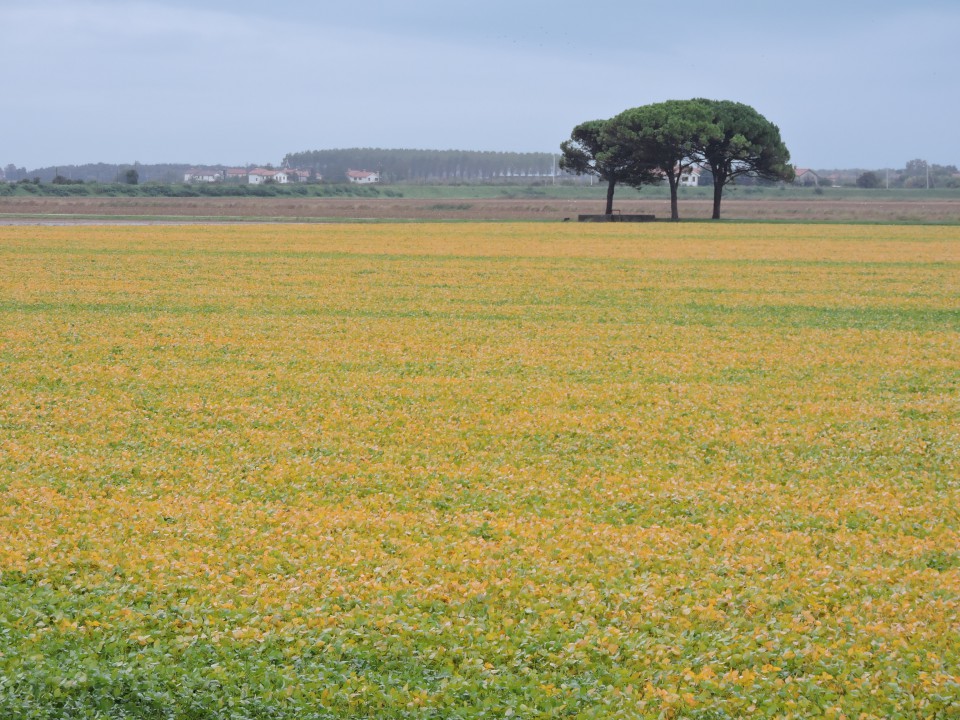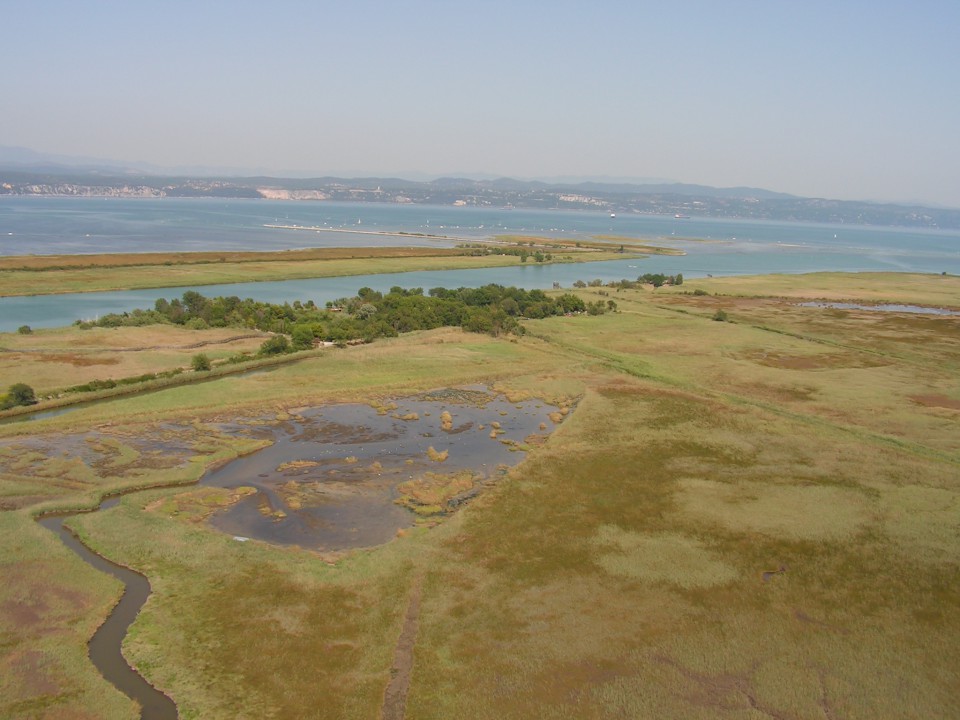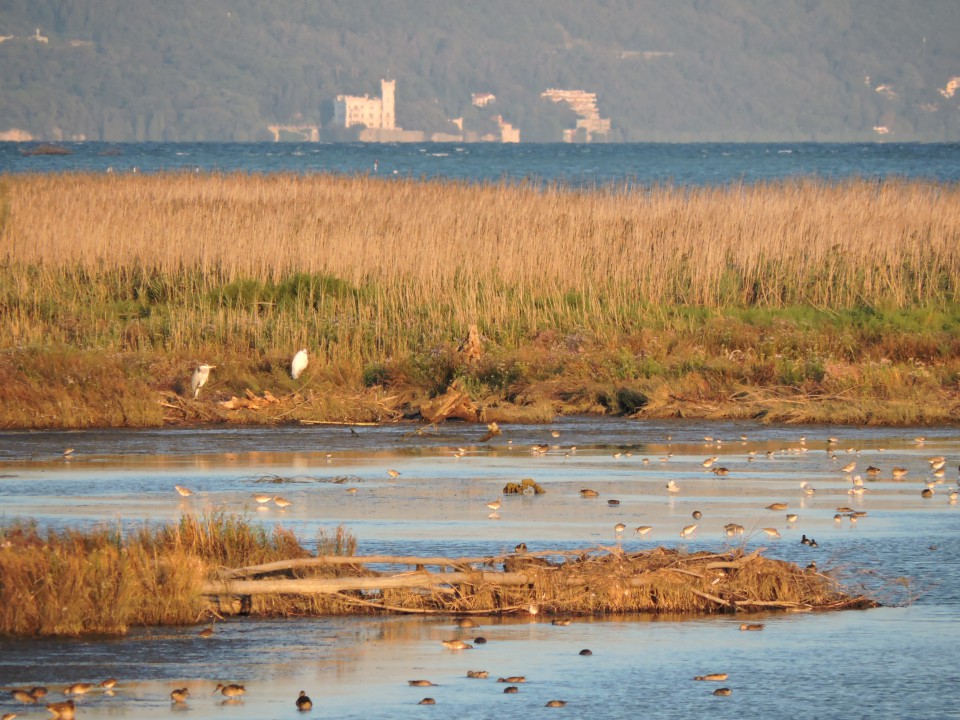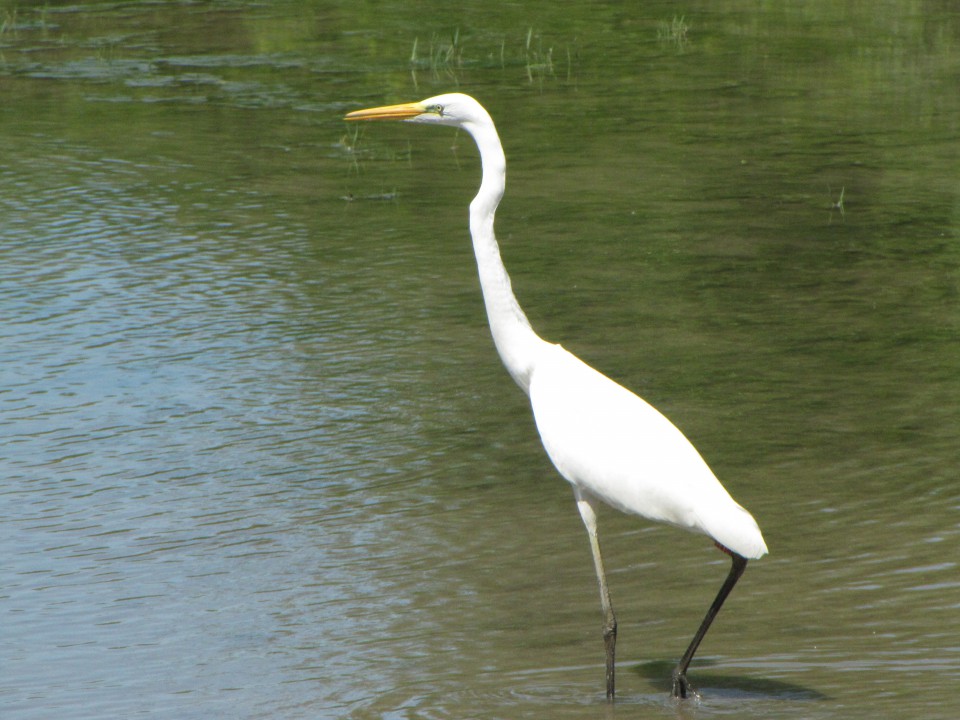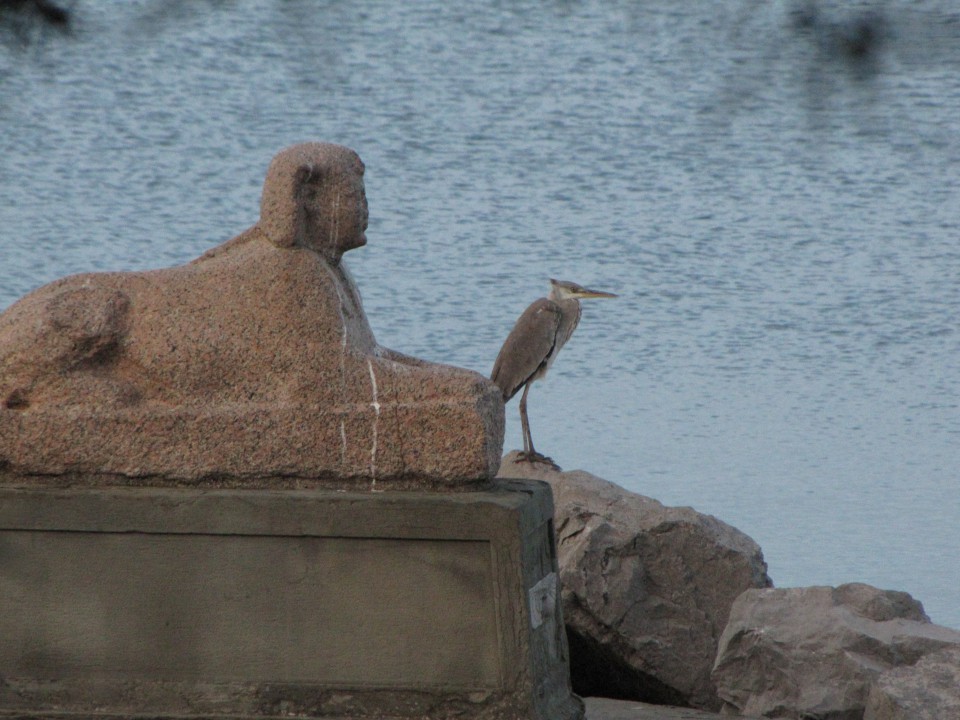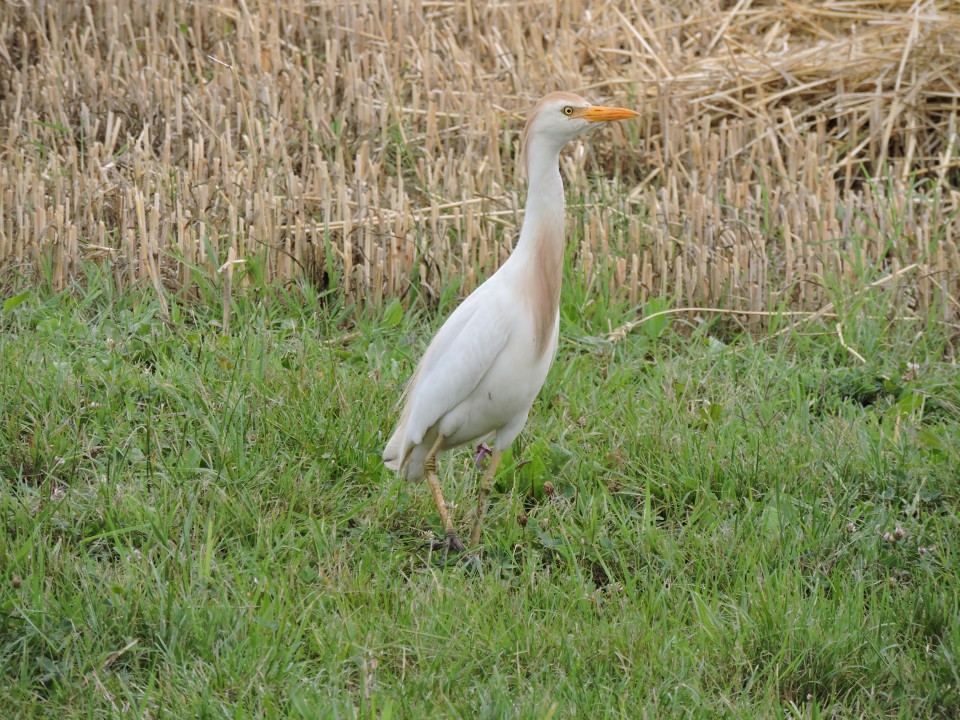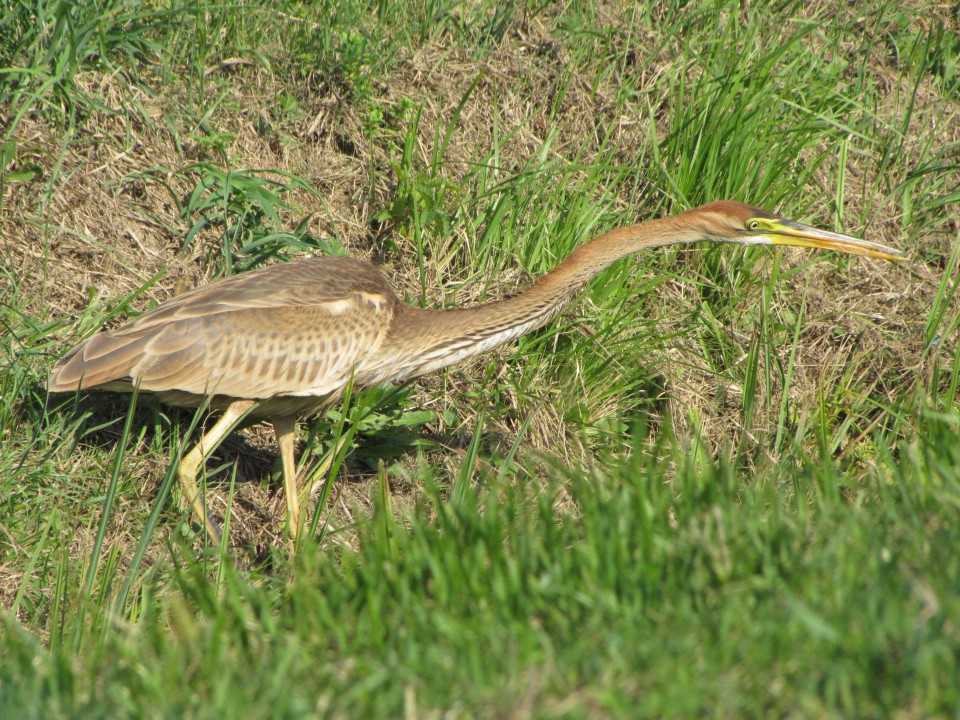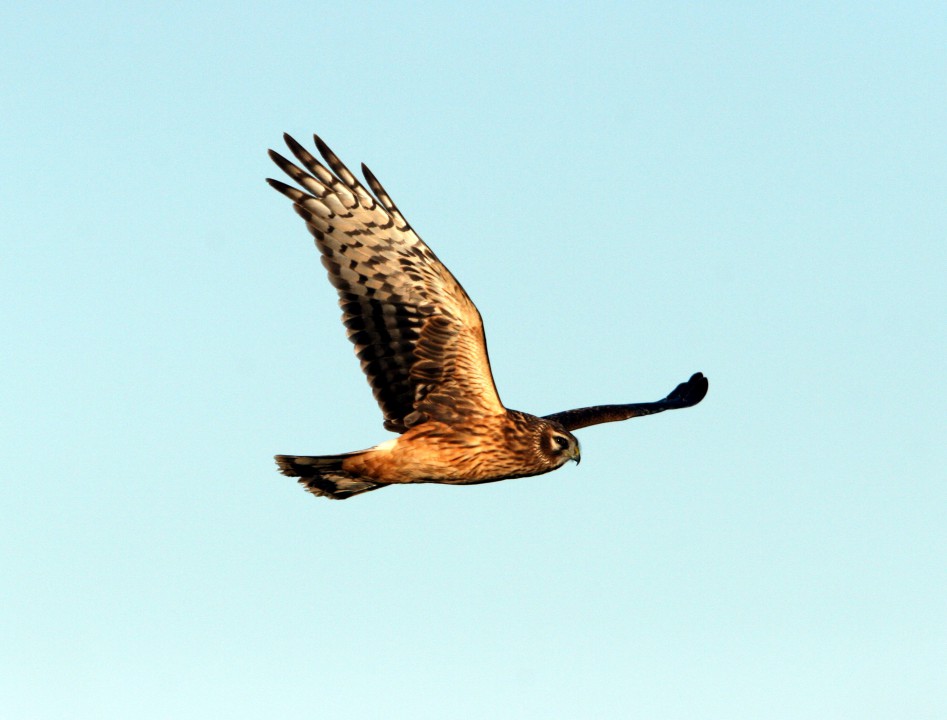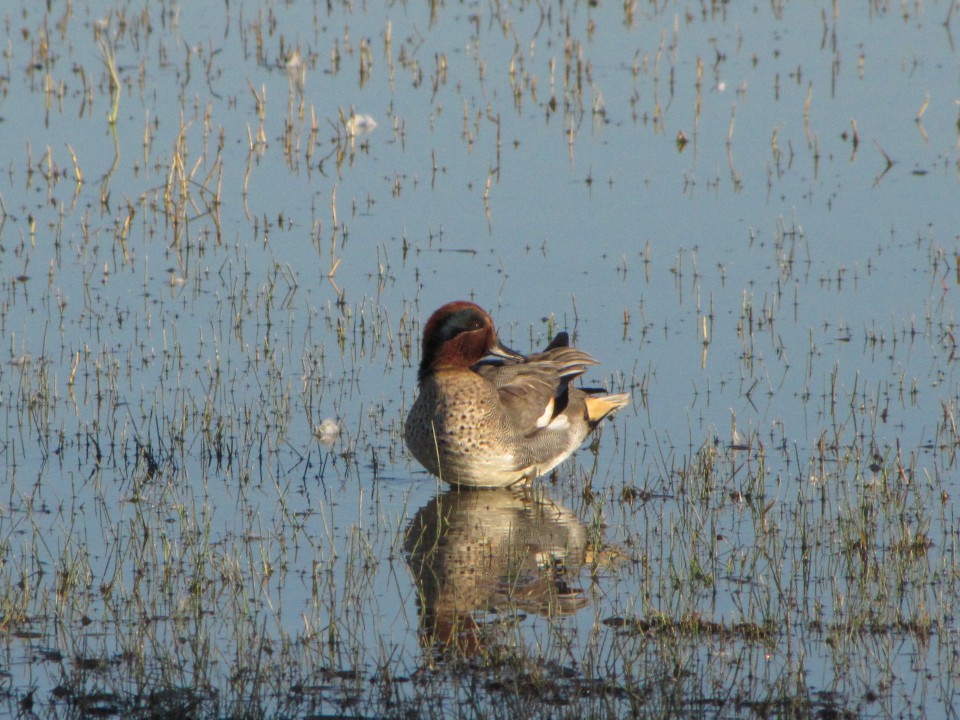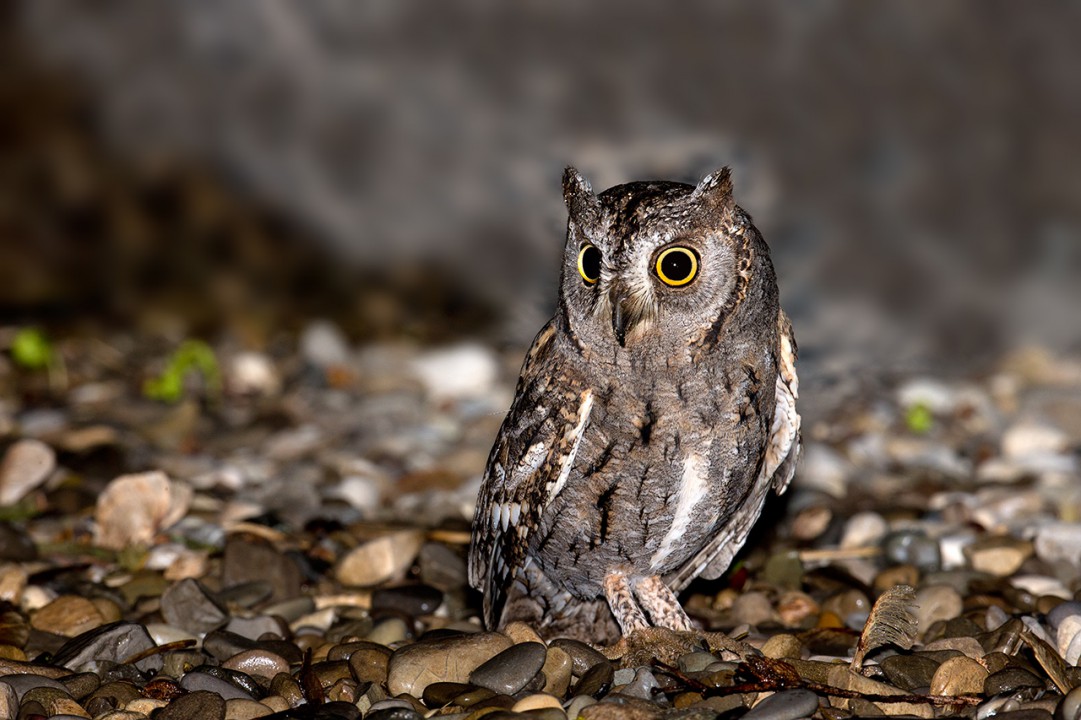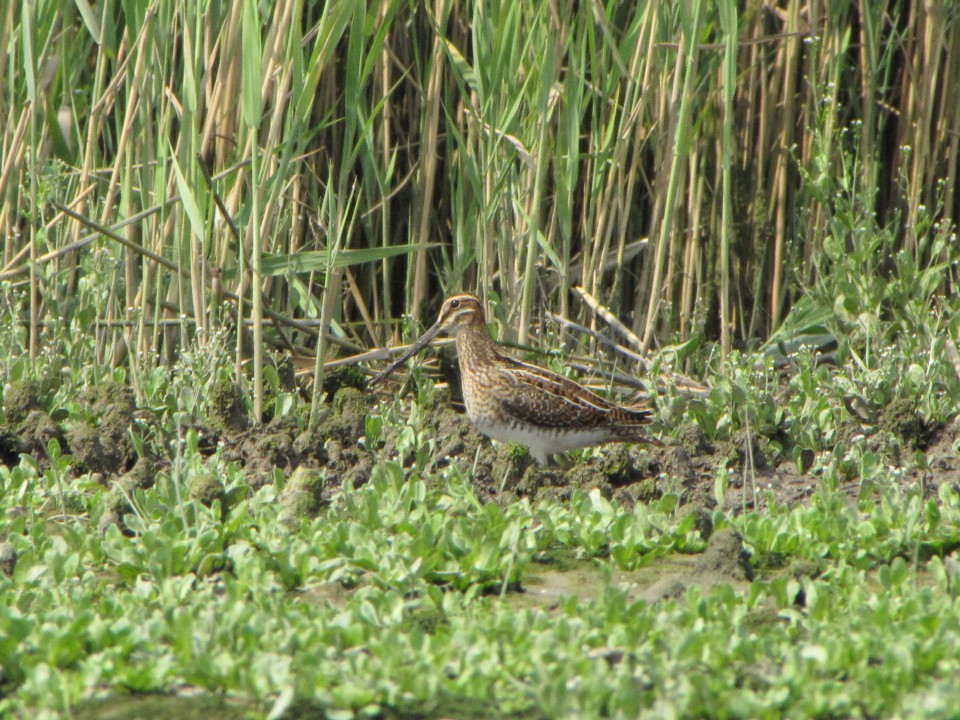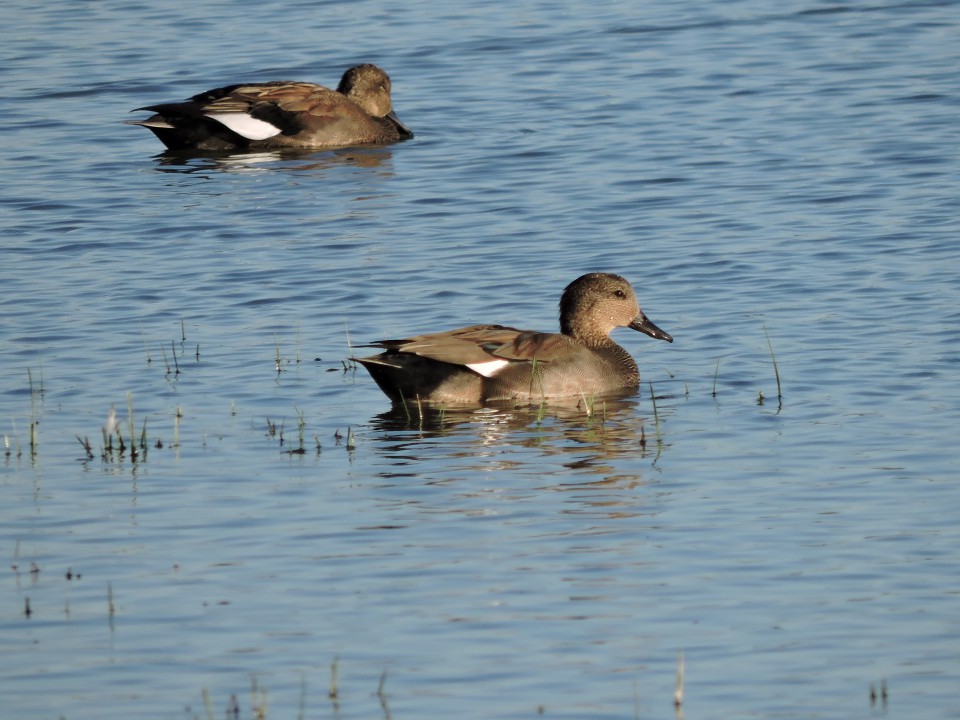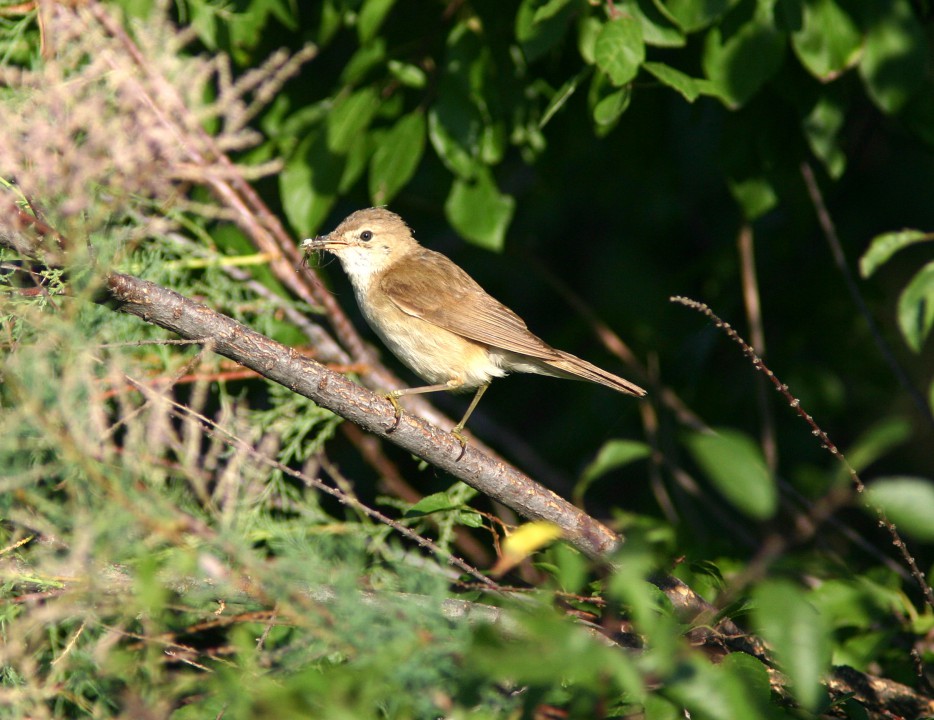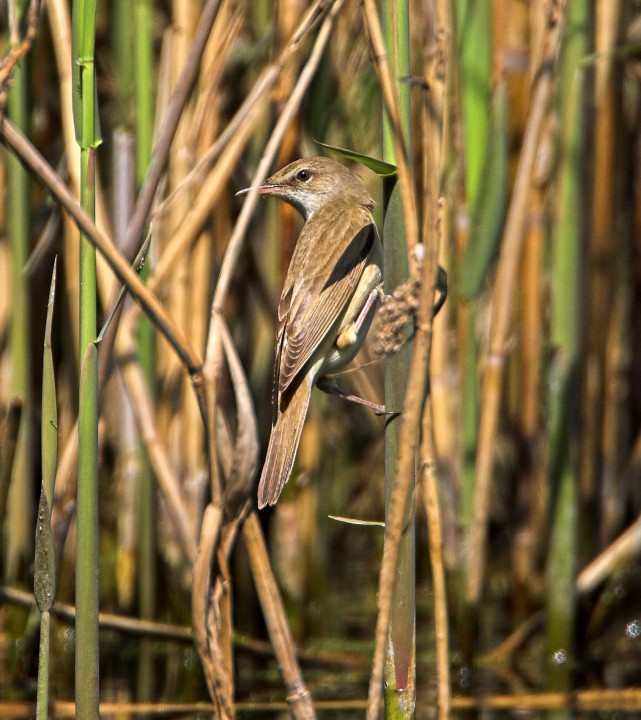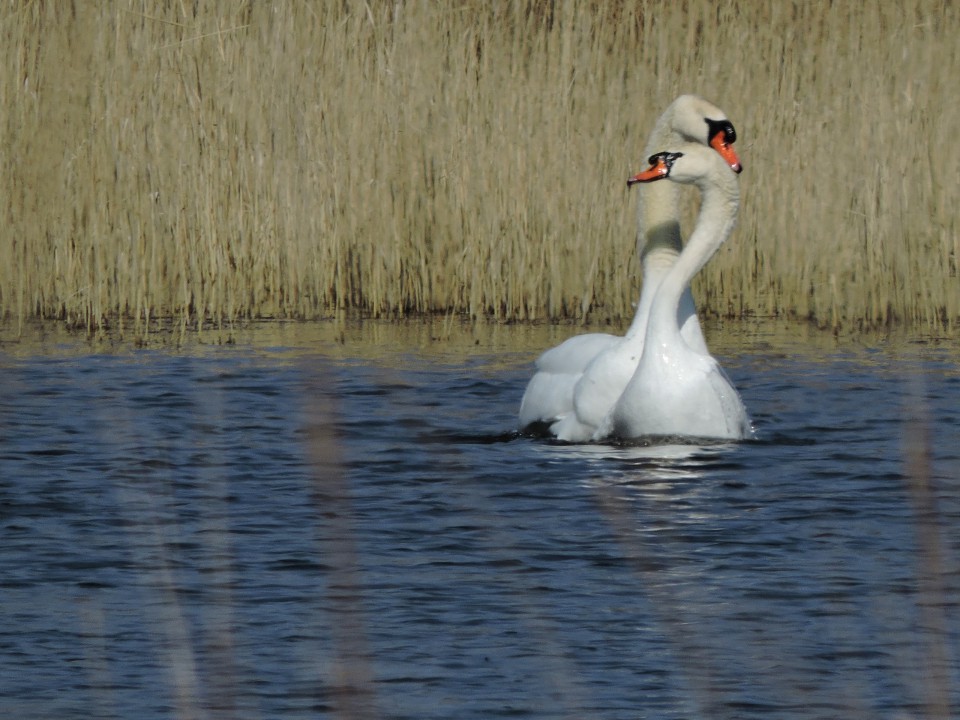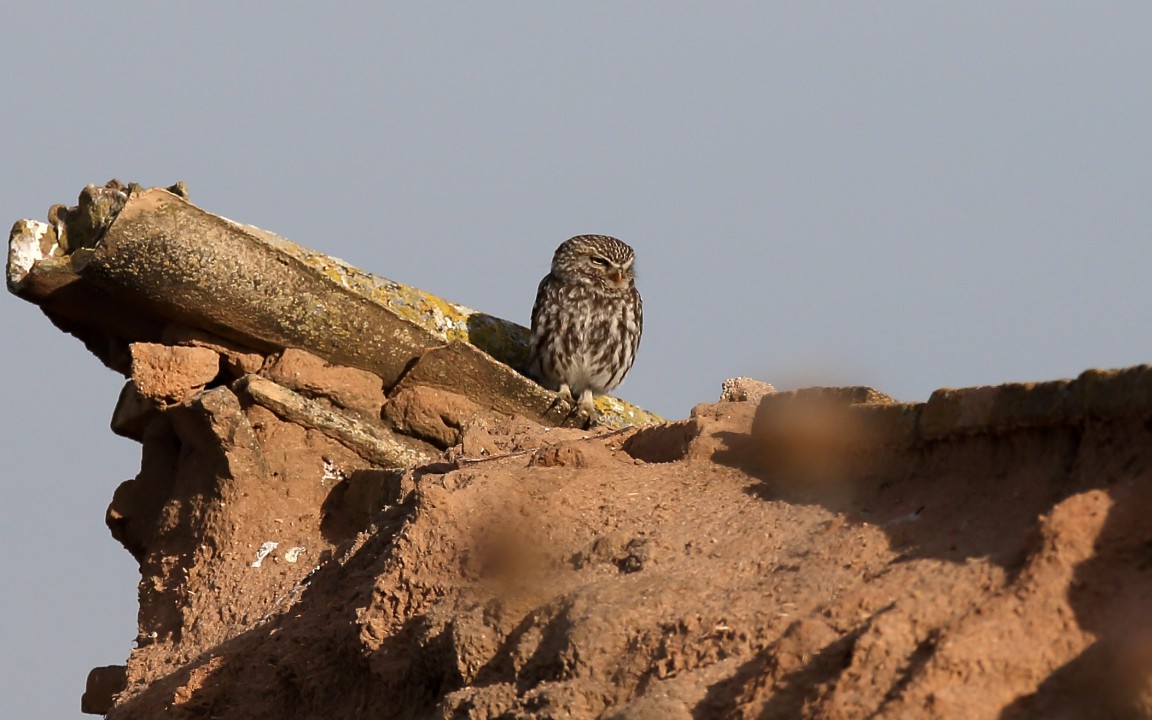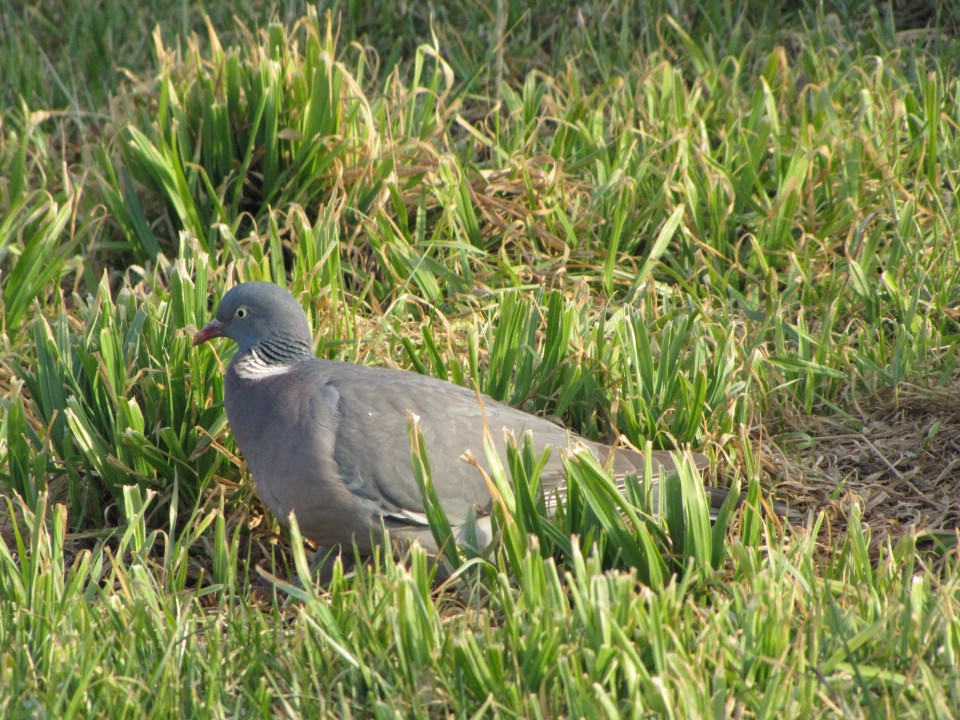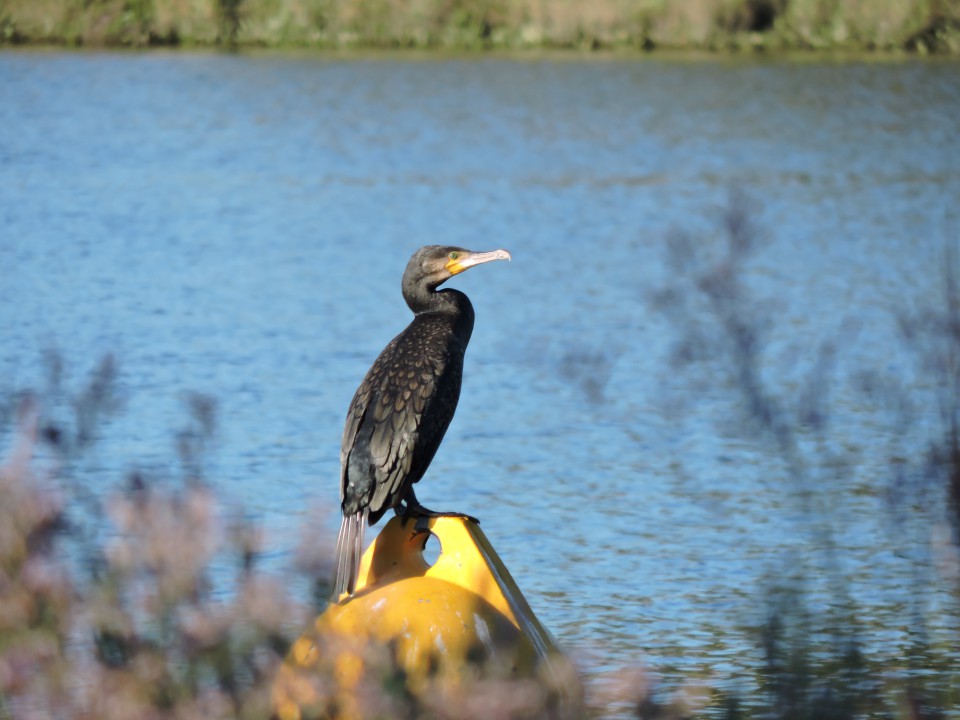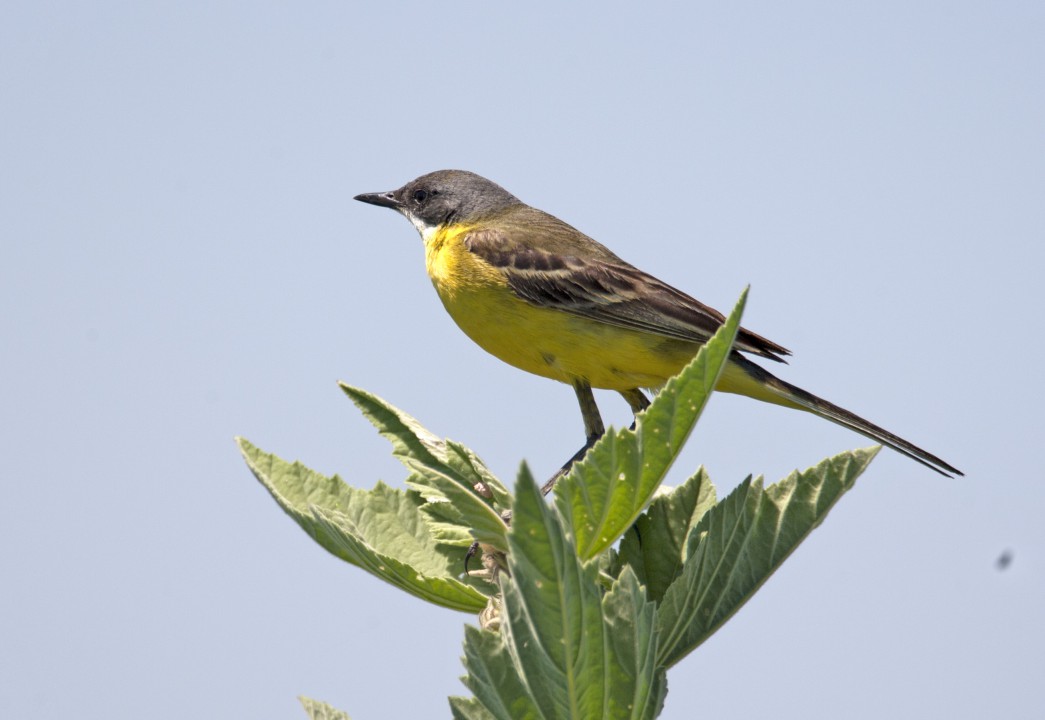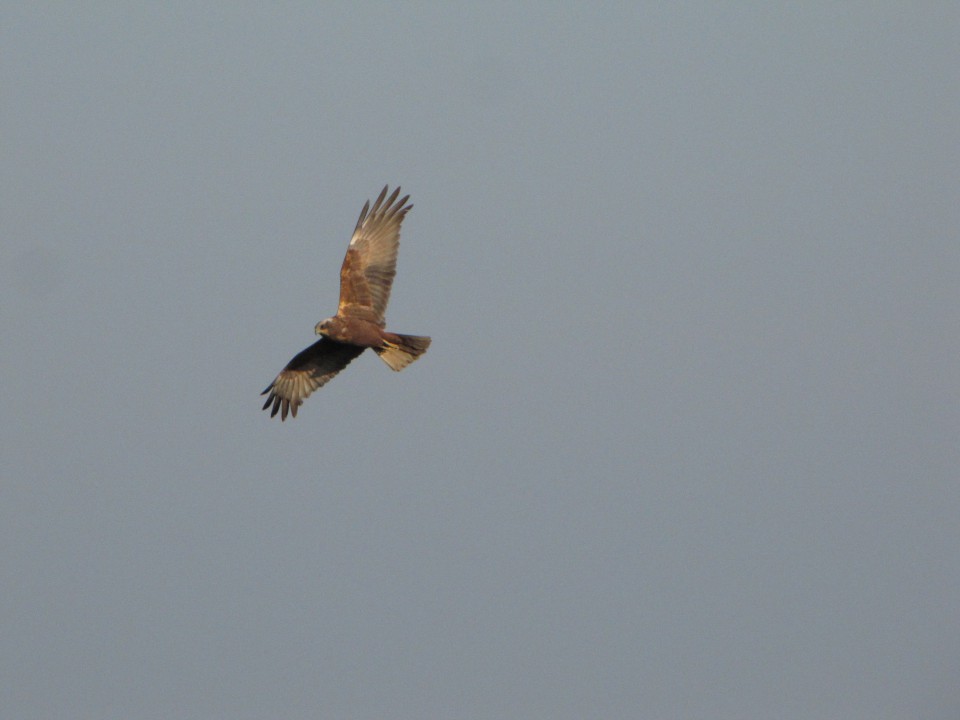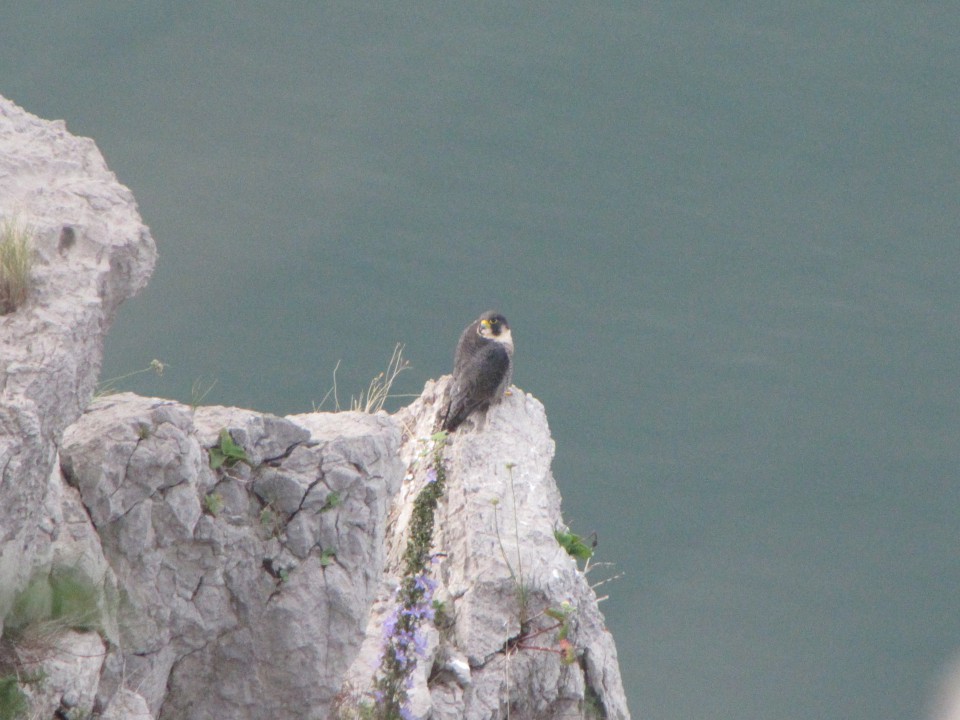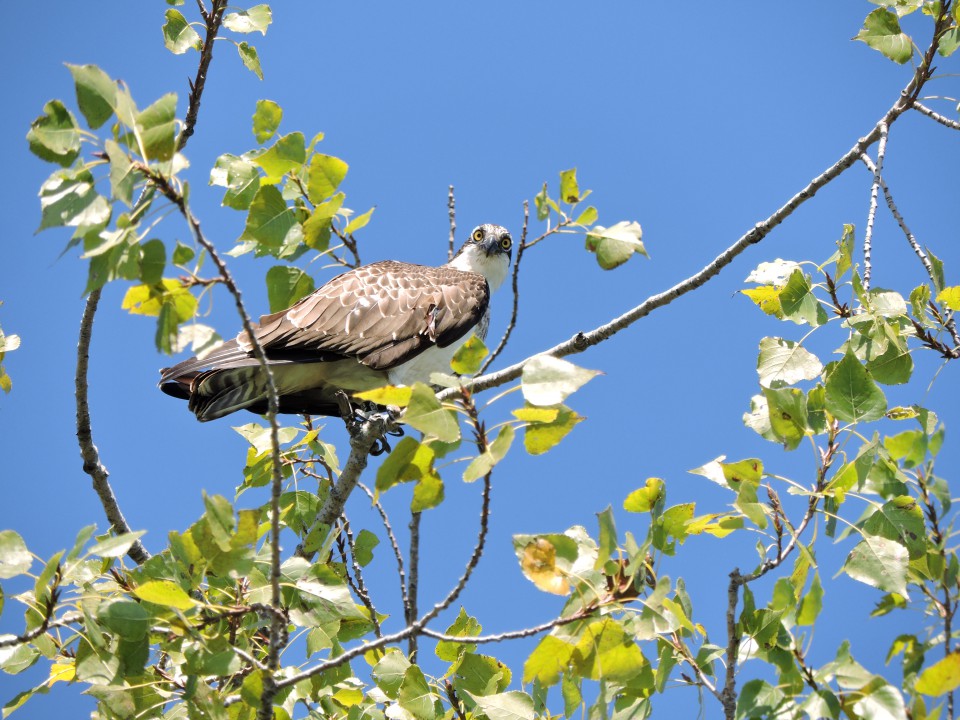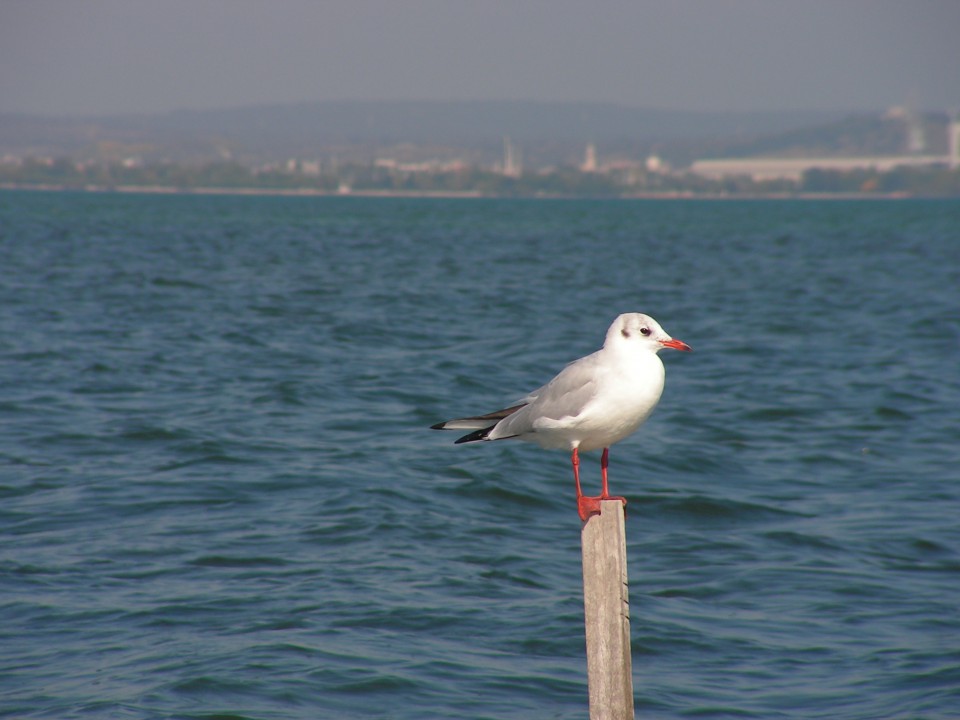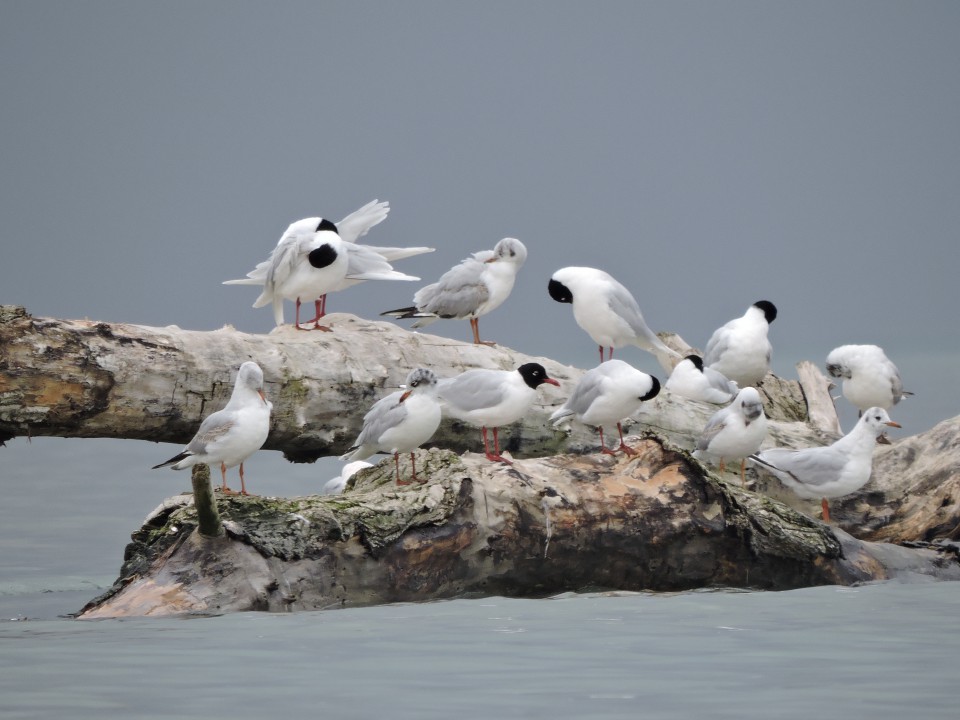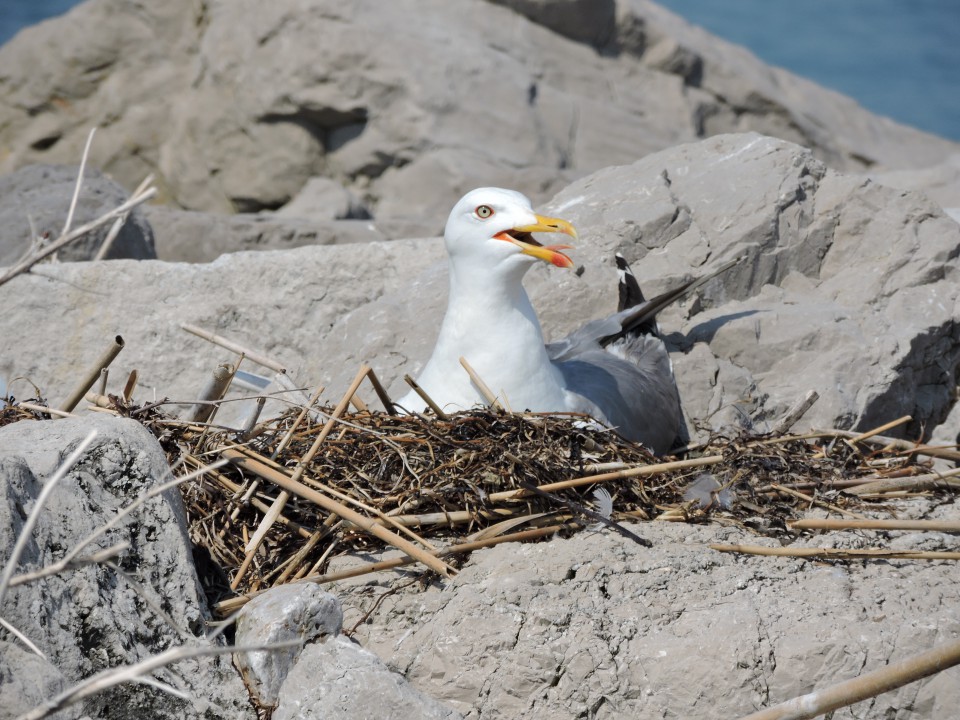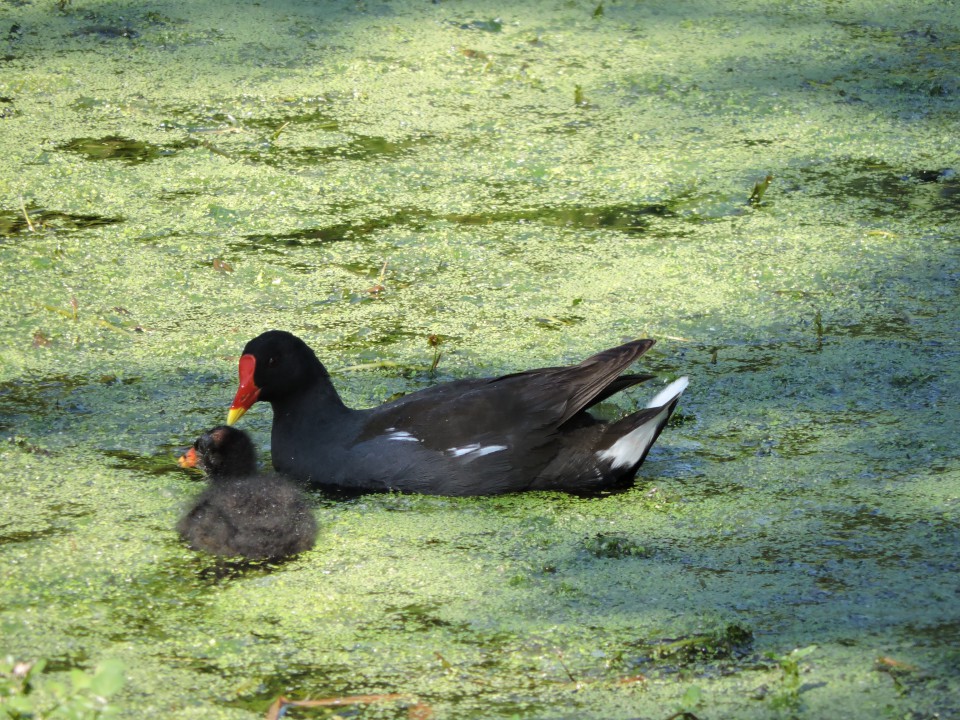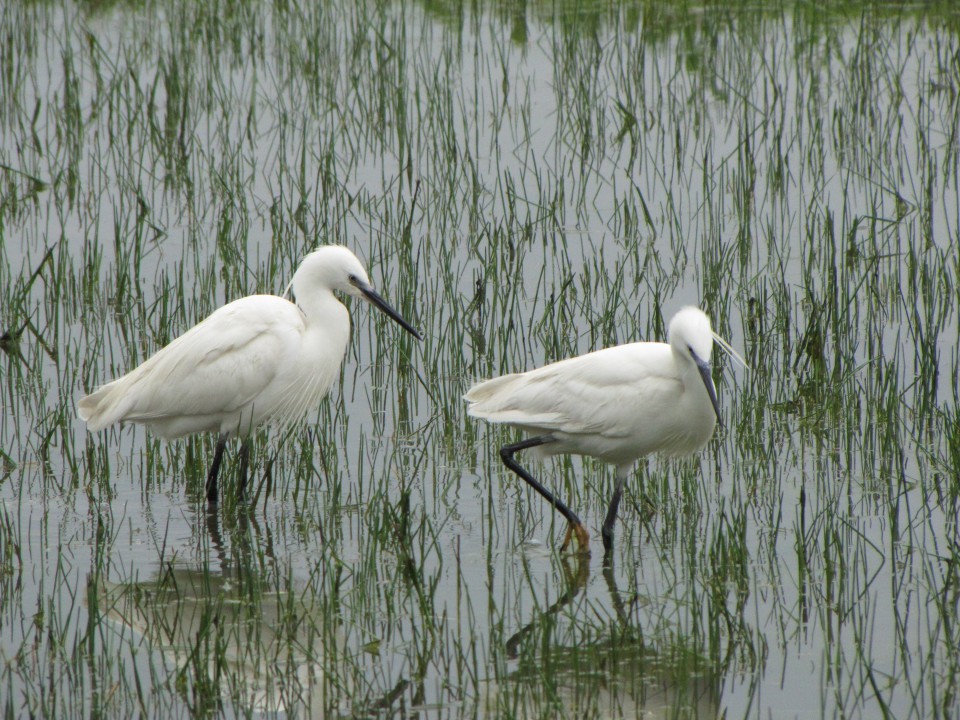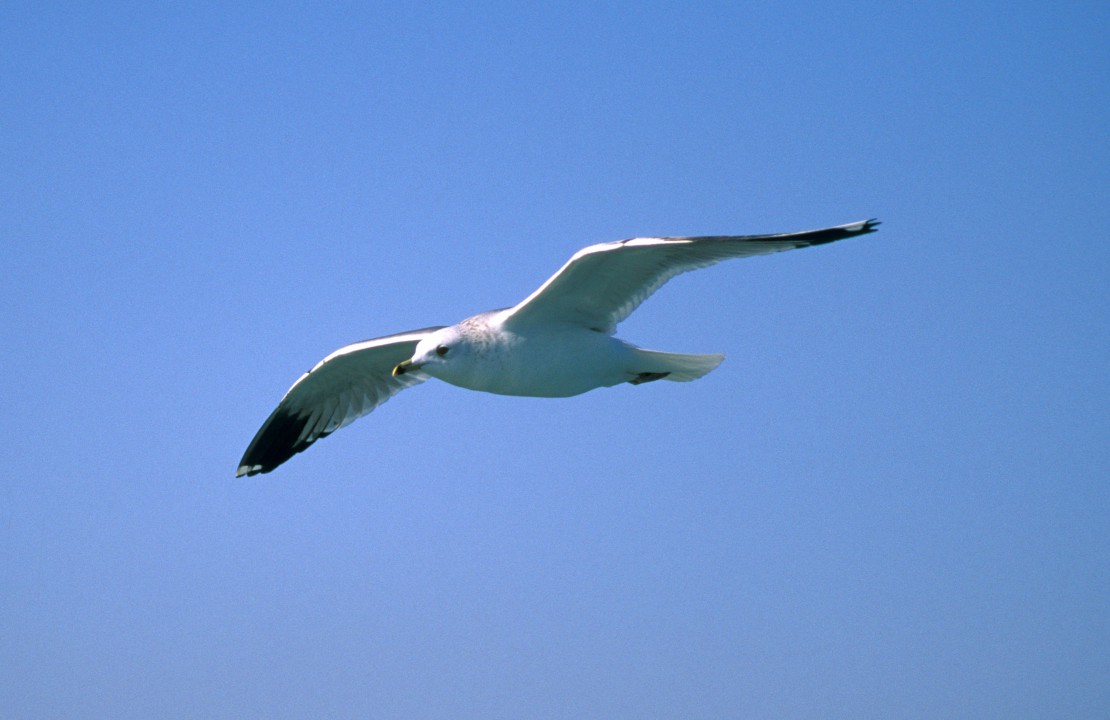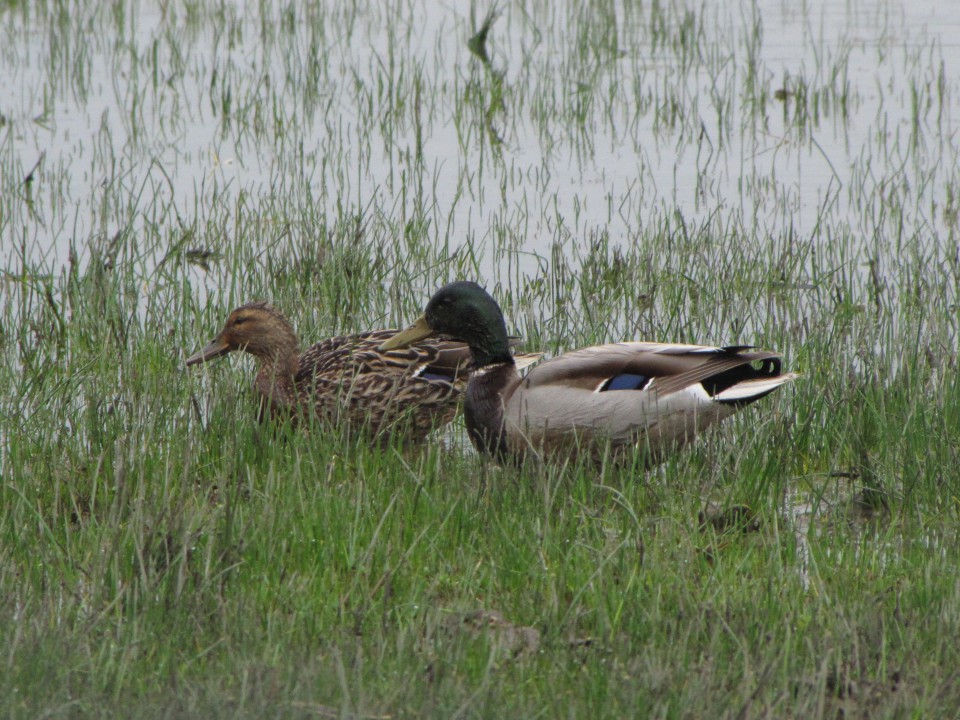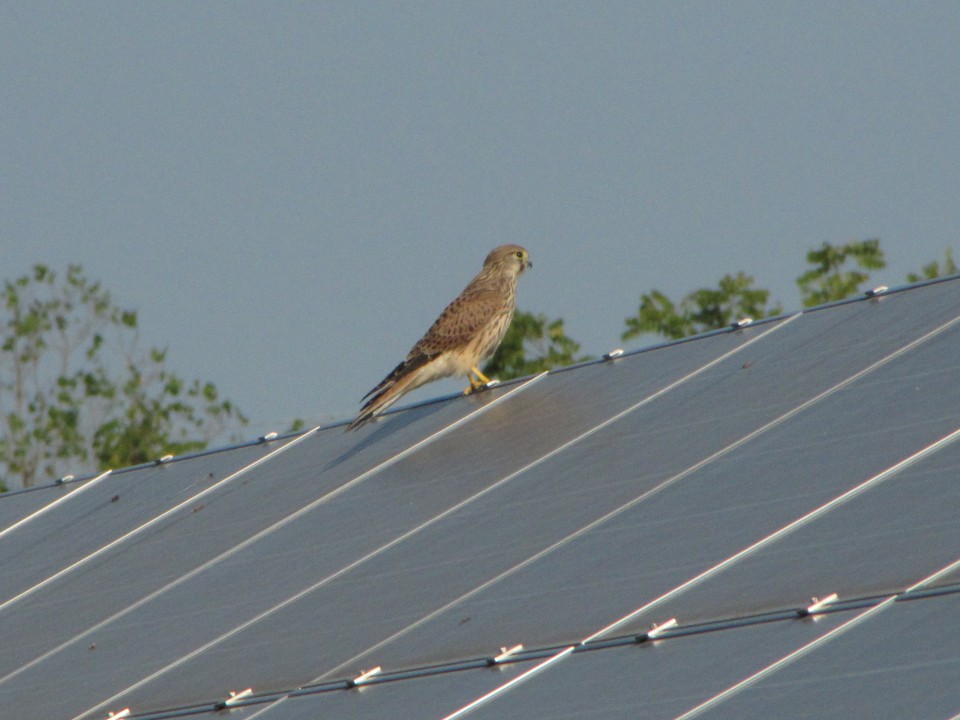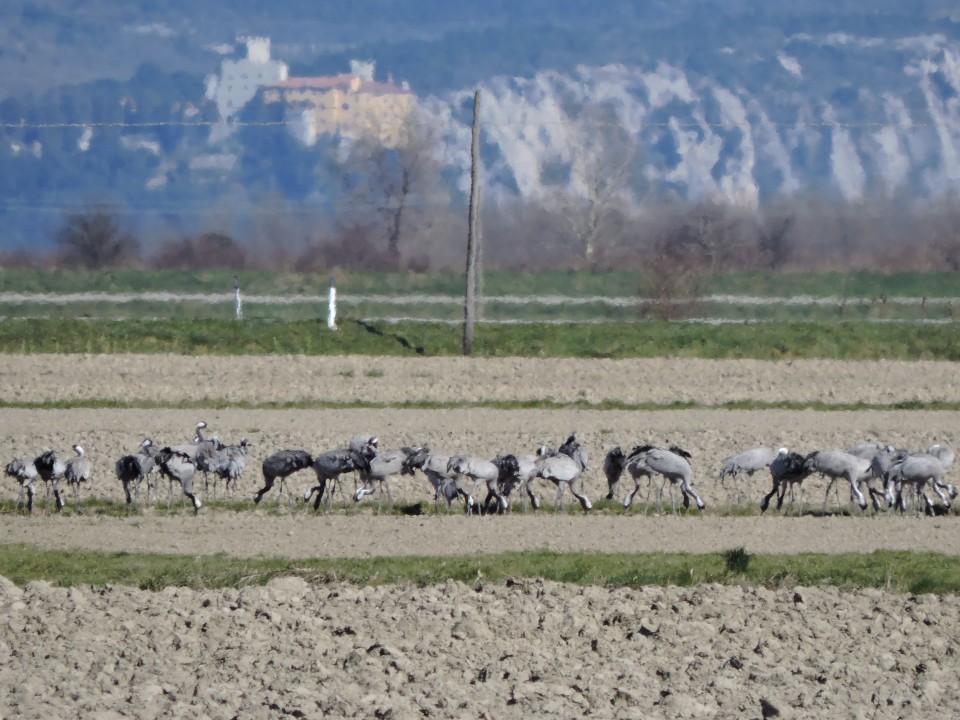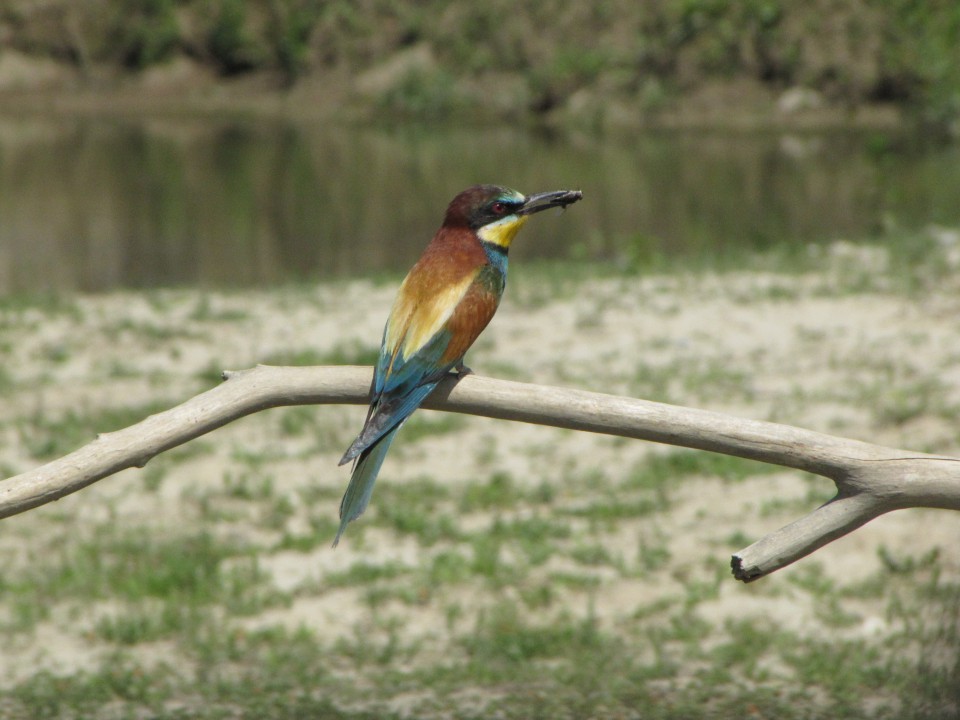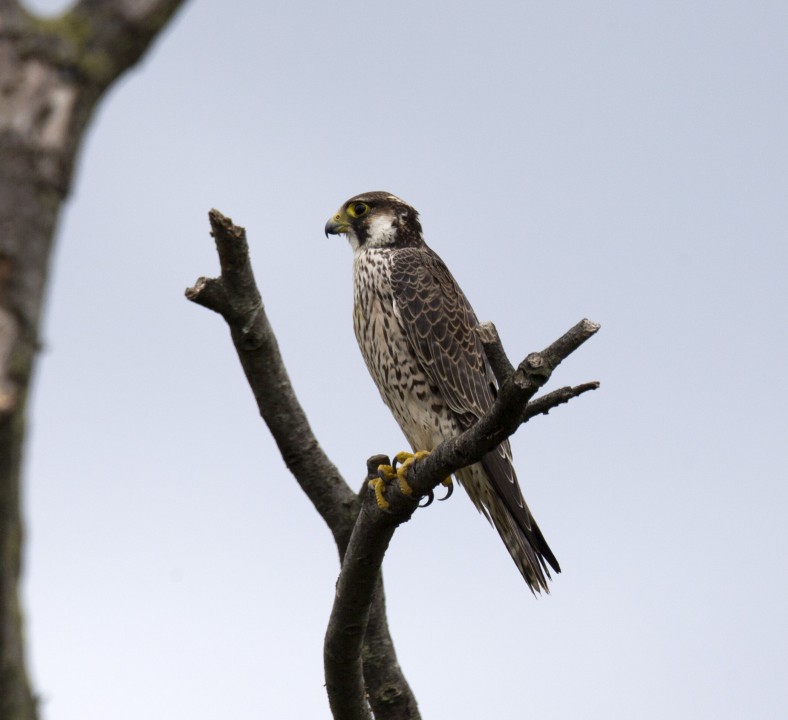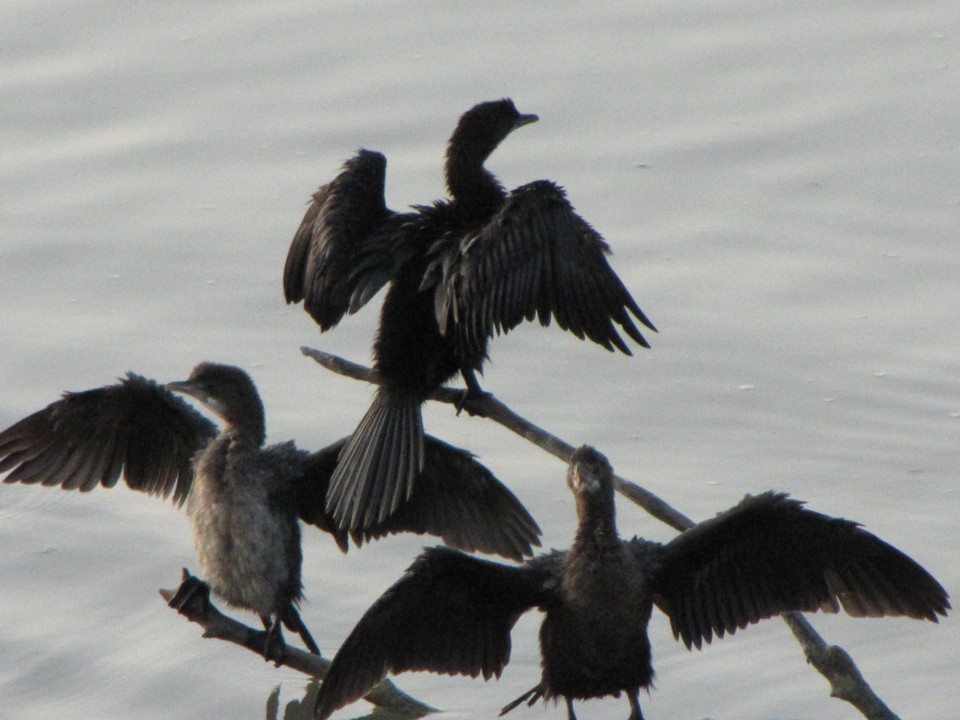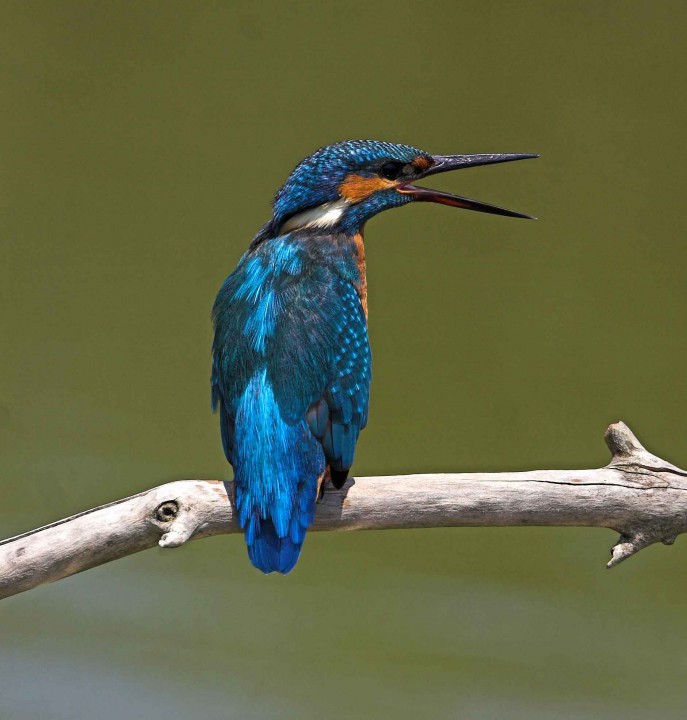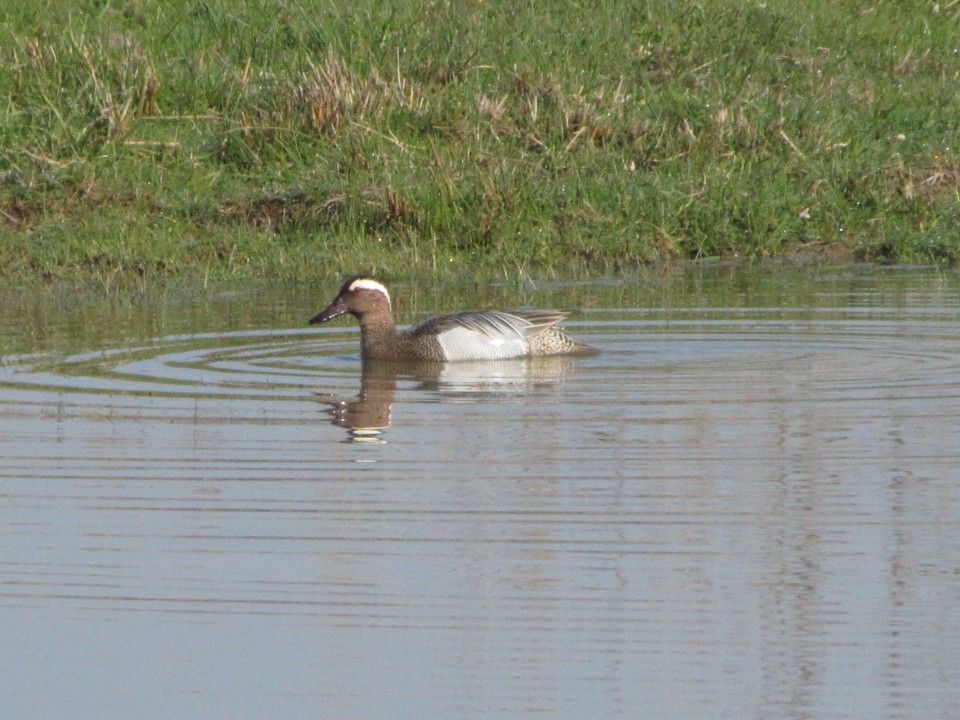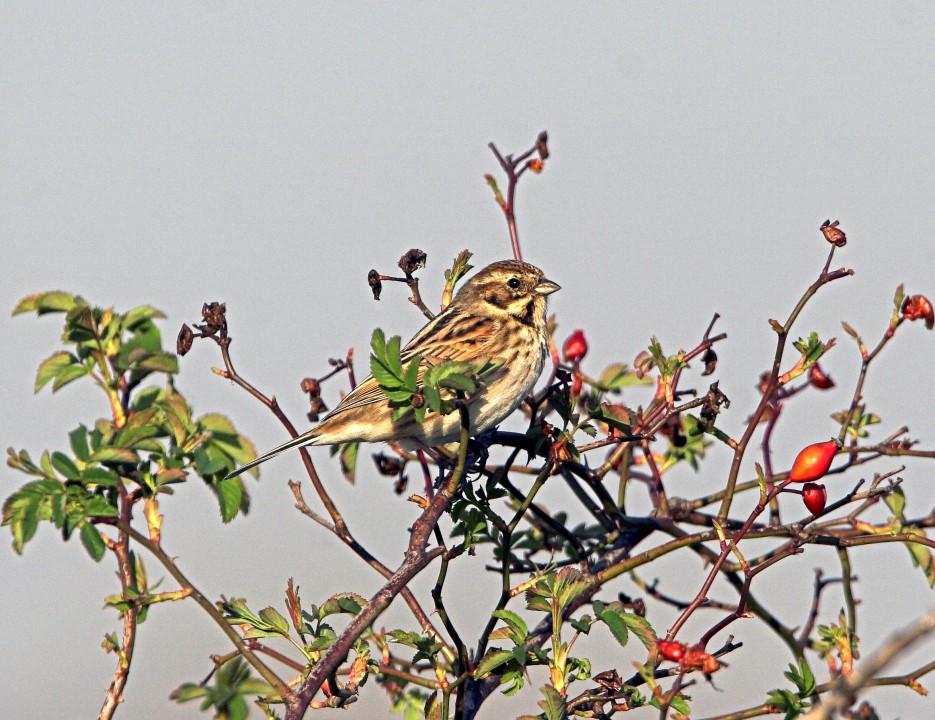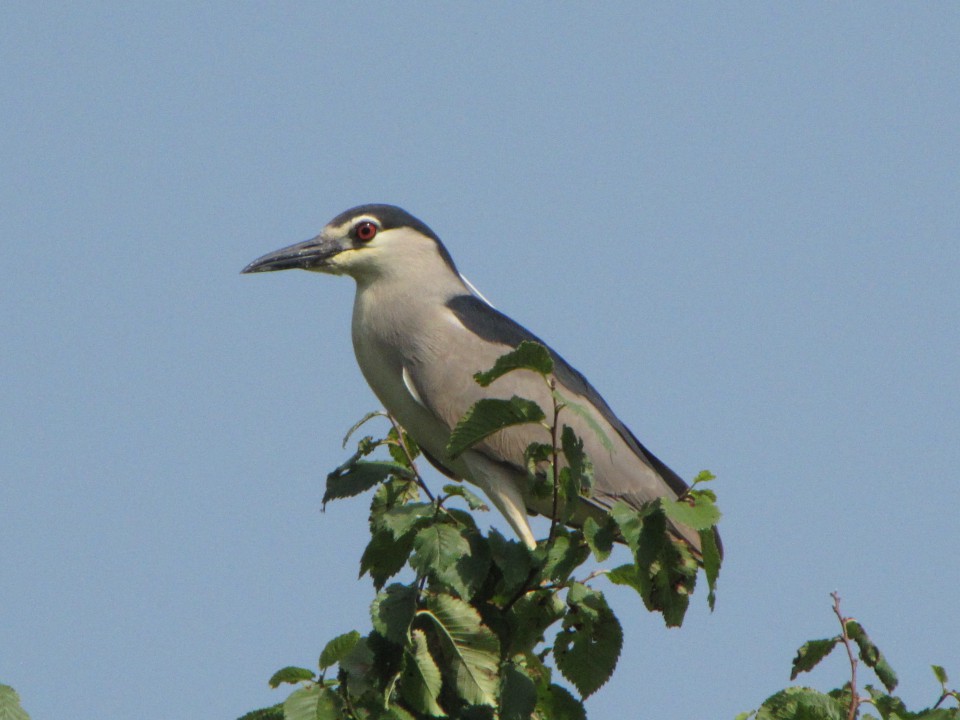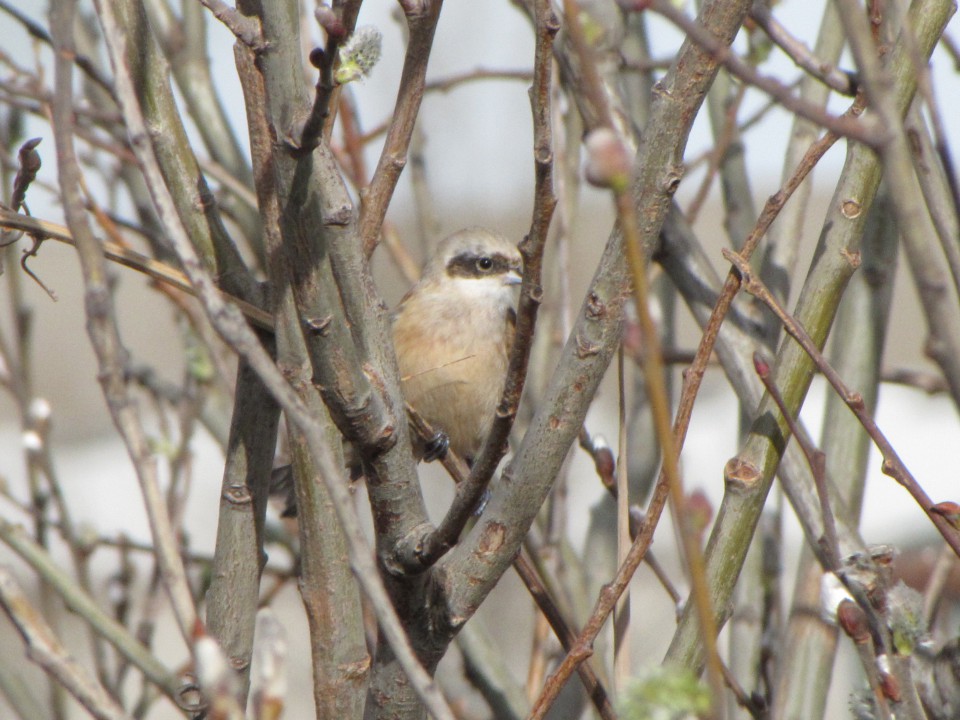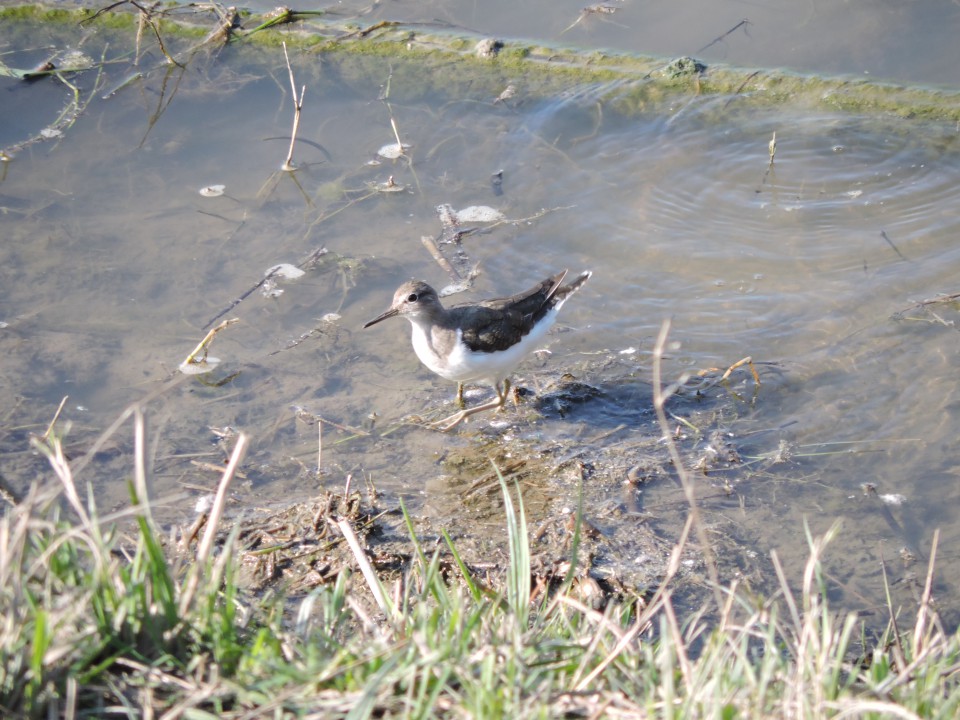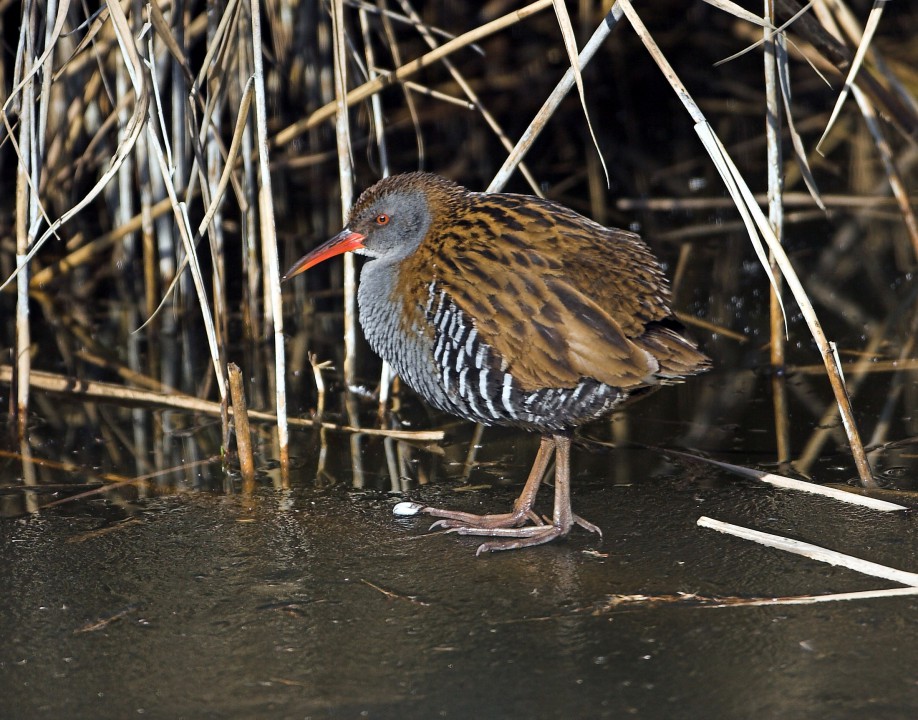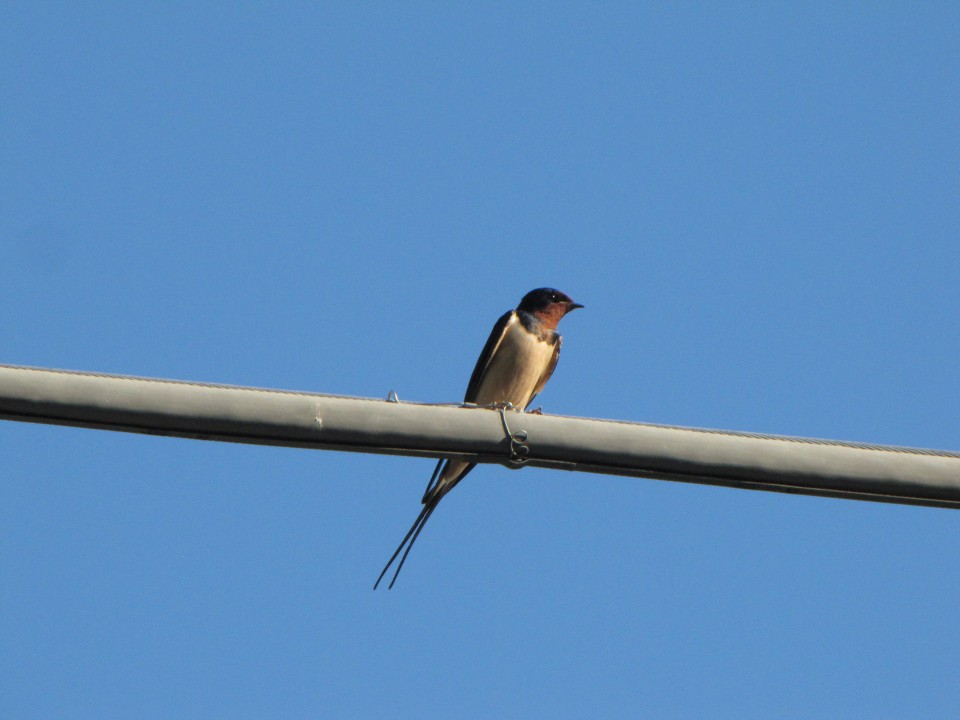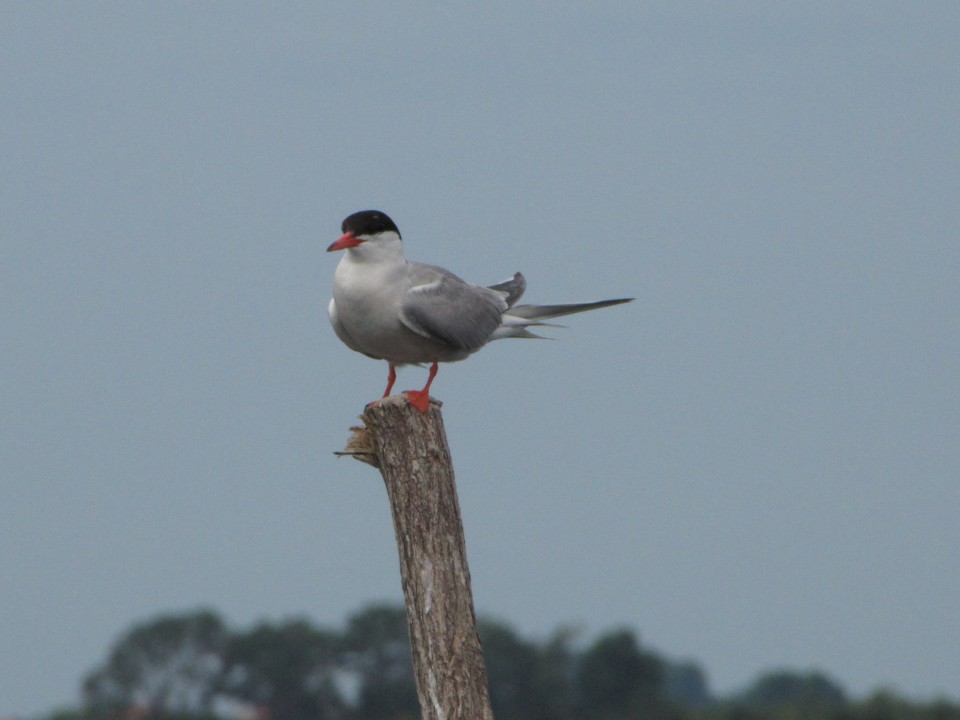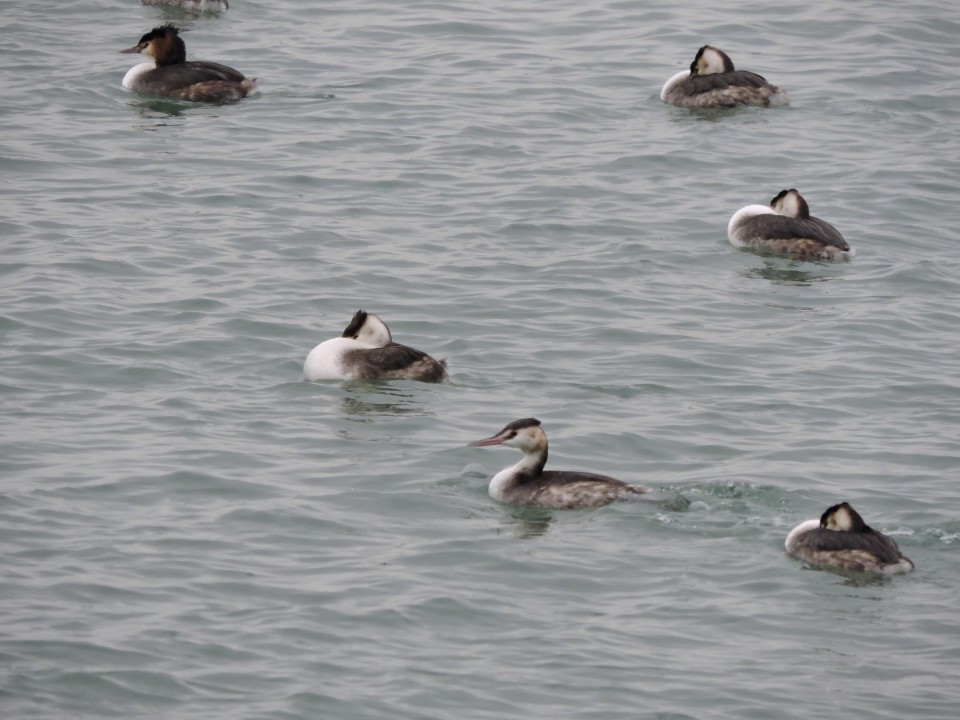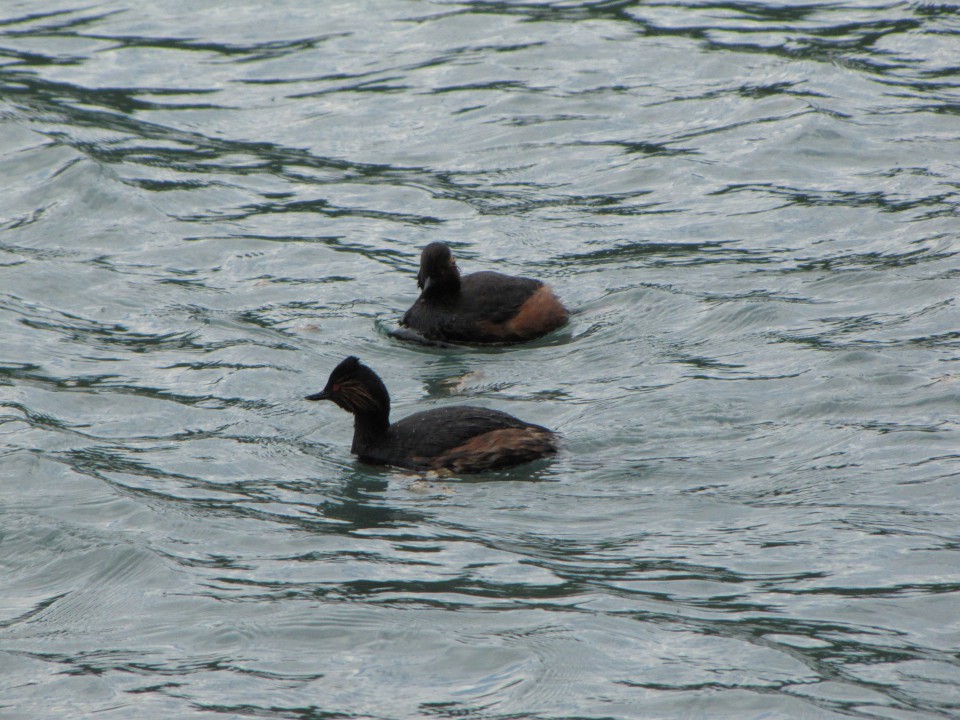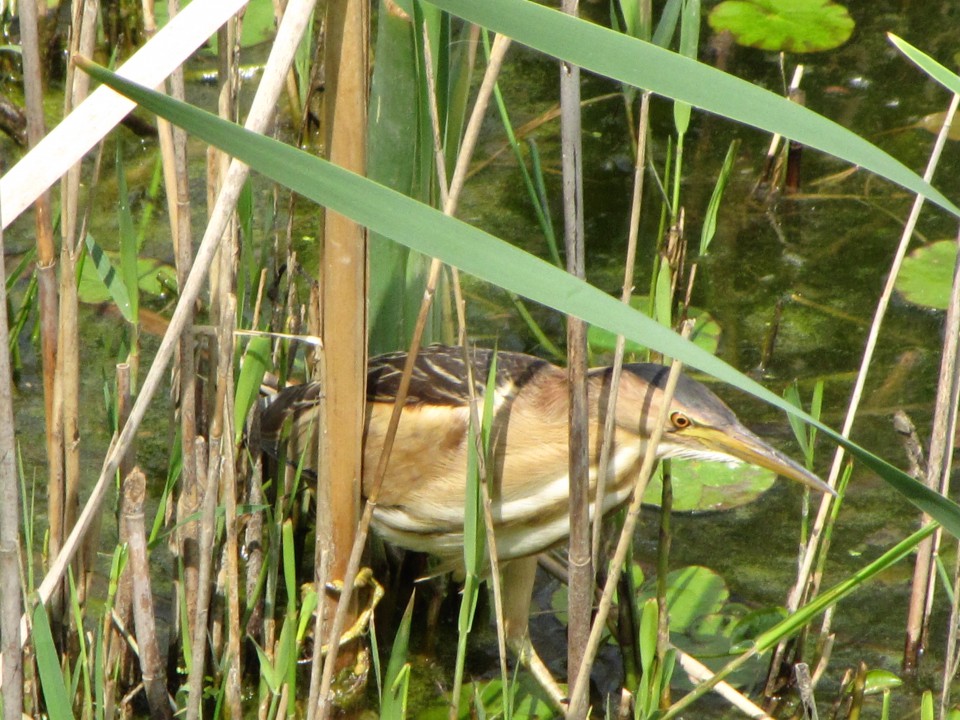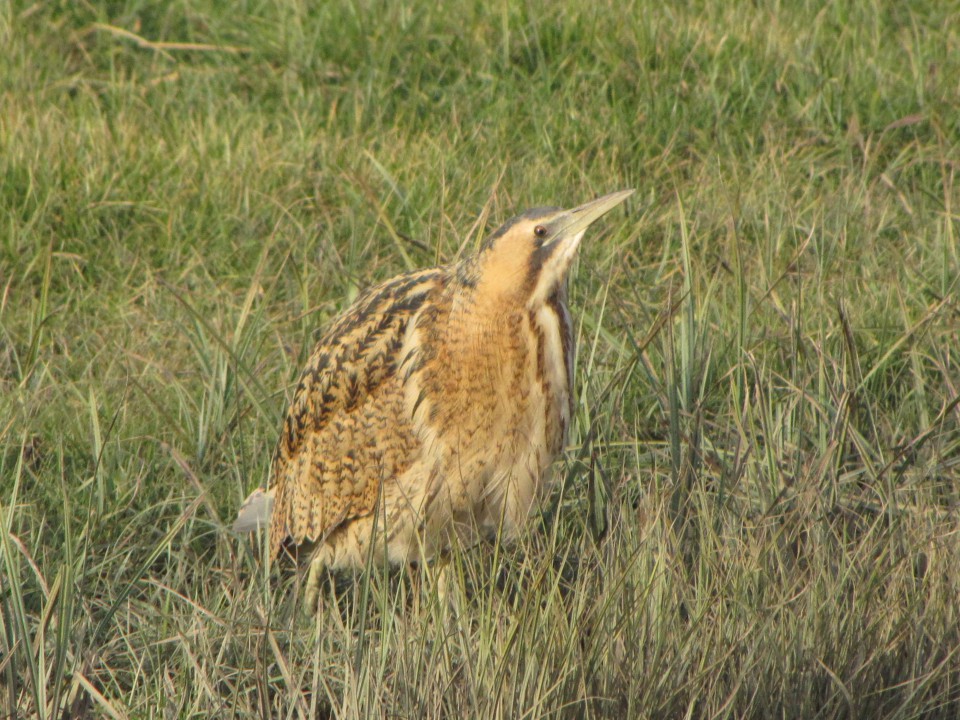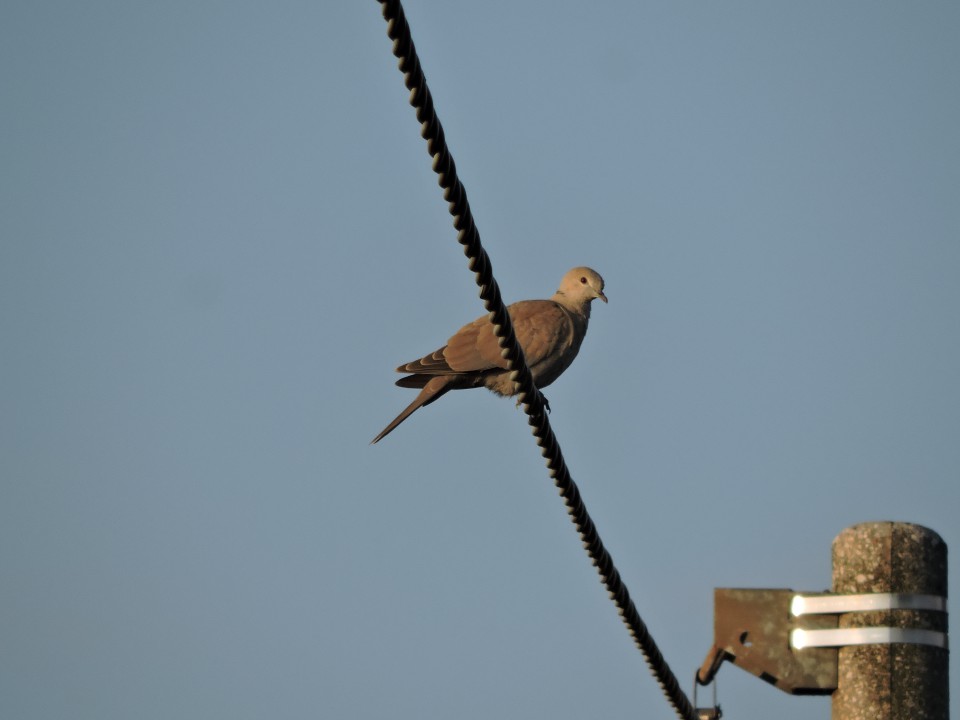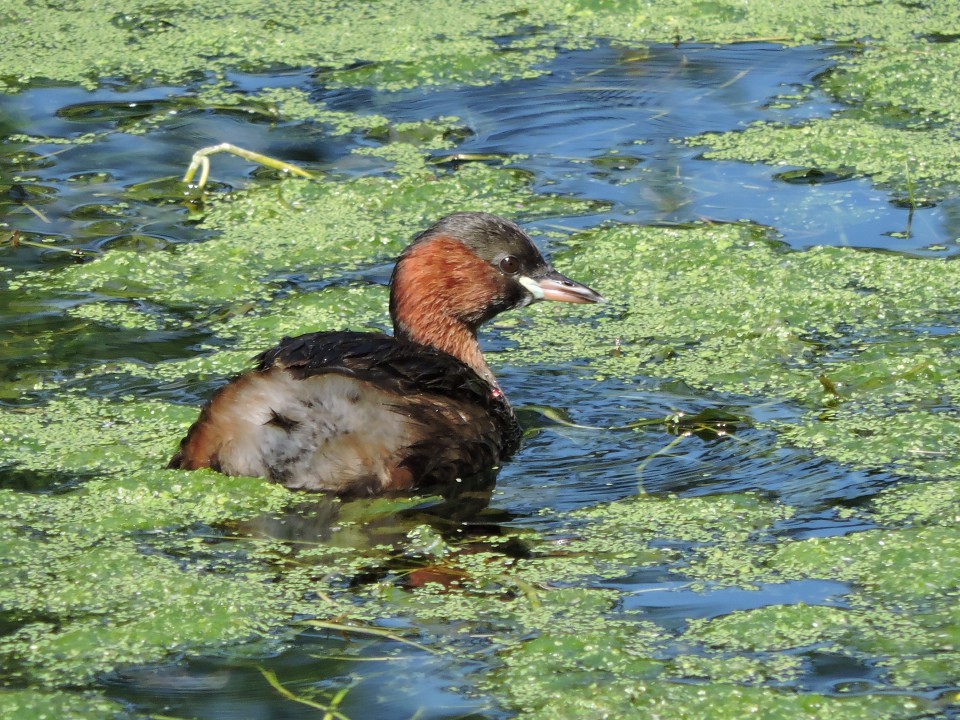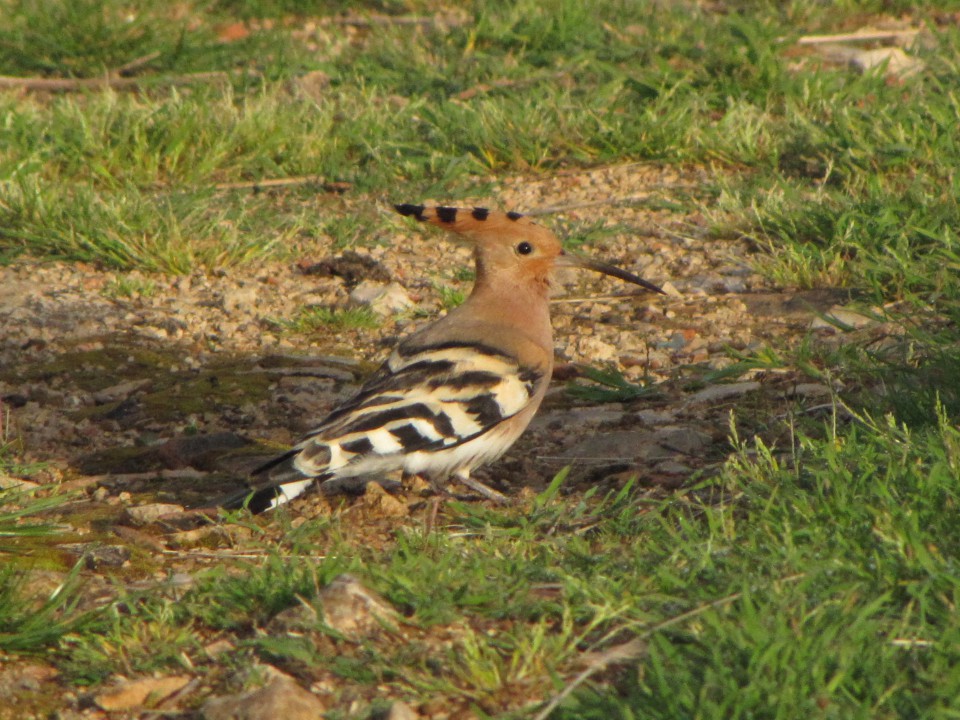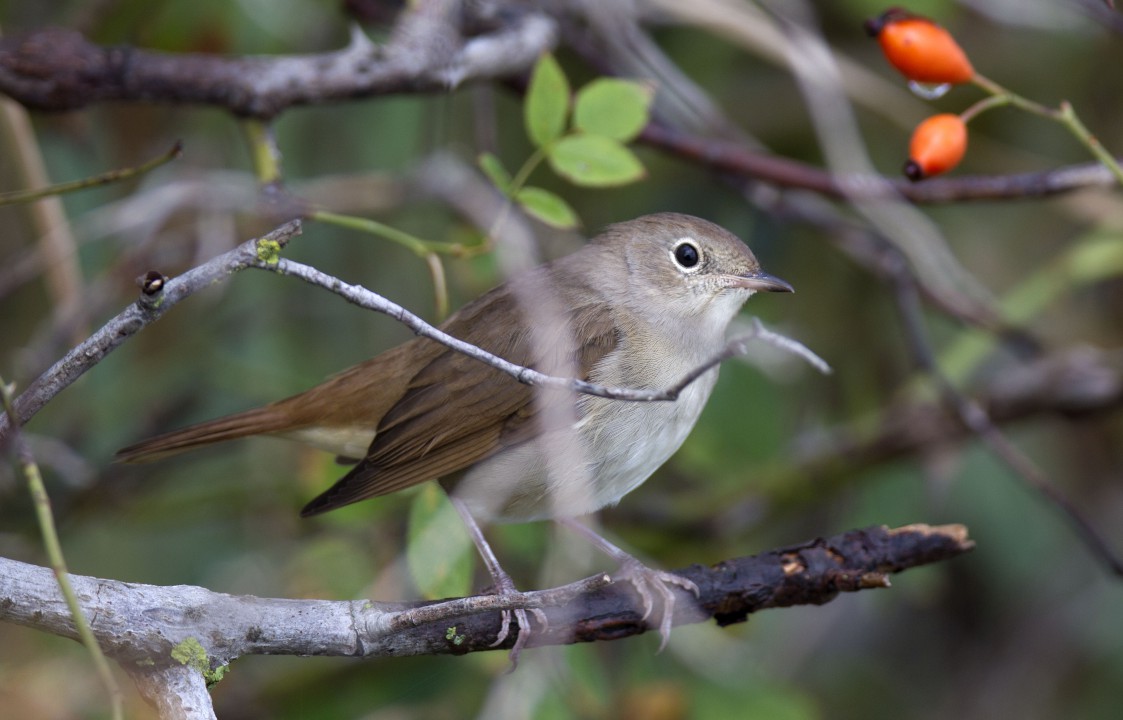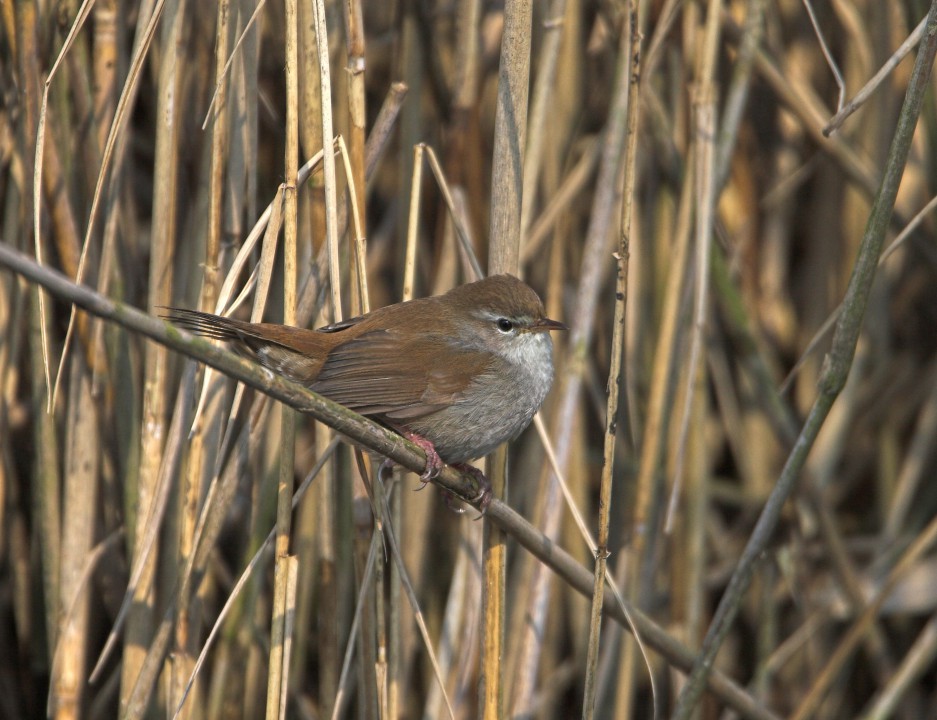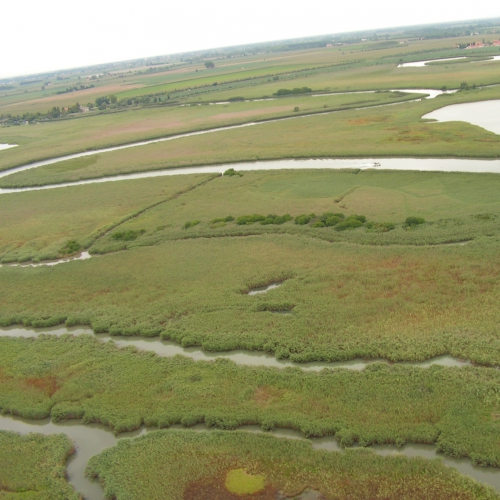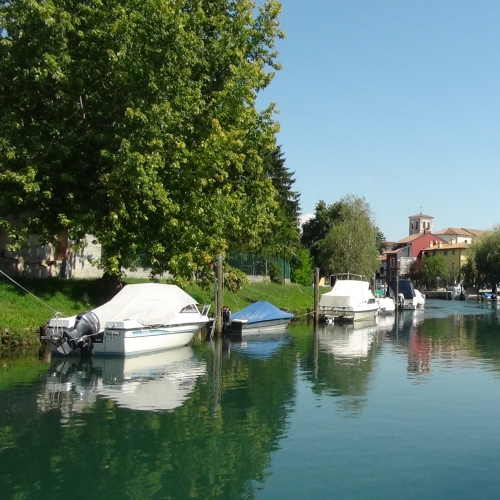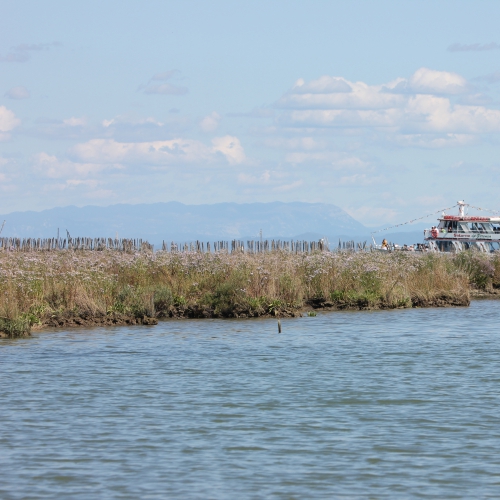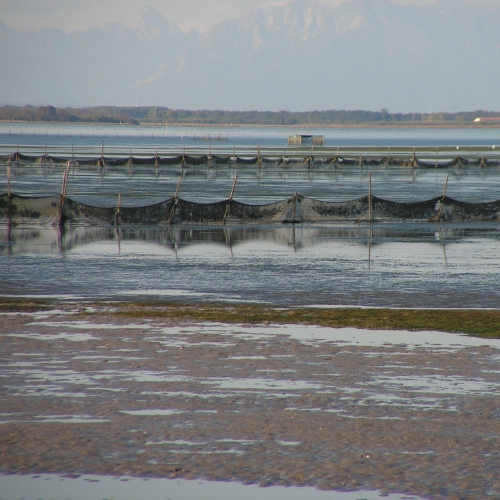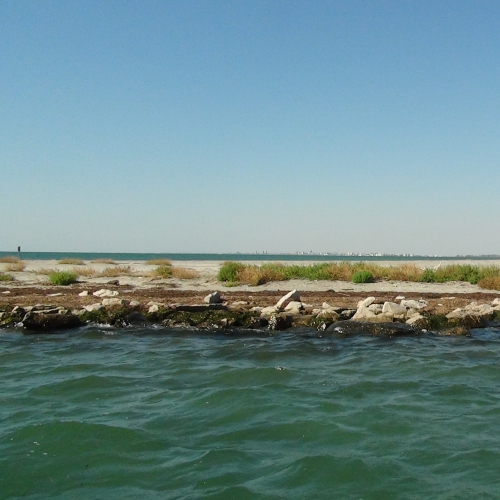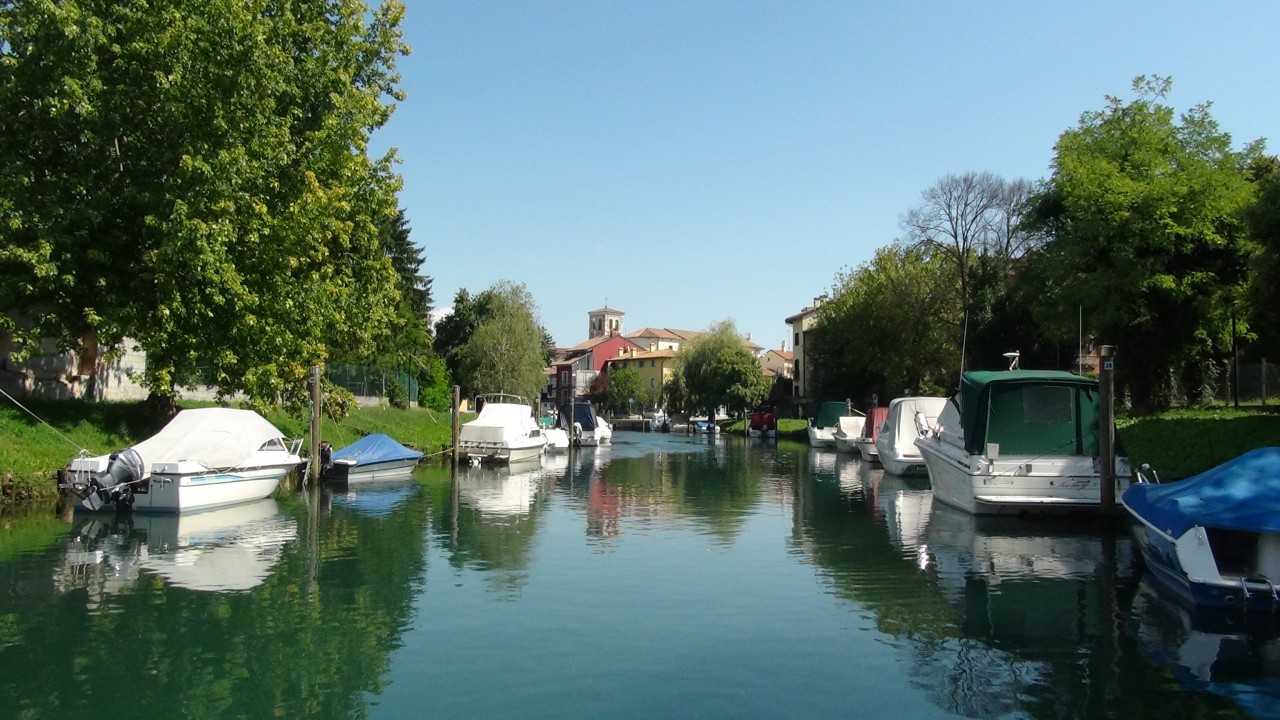
Description
At the Ausa’s confluence with the Corno, we follow the latter on the right, in the direction of Cervignano, a large town in the Friuli plain. The first stretch seems rather monotonous since the course of the river has been straightened here and is surrounded by reclaimed arable land belonging to the commune of Aquileia on the right and Torviscosa on the left. The landscape becomes more varied and pleasant at the confluence with the Banduzzi canal, now sealed off, which leads to the Torviscosa industrial estate. Here, near Belvat water pump, can be seen wonderful examples of water plants, with yellow water-lily and stretches of riparian forest with stands of Quercus robur, the oak of the central European lowlands. Continuing towards Cervignano, one encounters a number of loops in the river that have been cut off from the main course of the river to make it easier to navigate. It is worth remembering that in the absence of an efficient road network, rivers in the area were once extremely busy, ensuring goods reached the various inland towns. These loops and the river itself host several bird species, such as the pygmy cormorant, coot, moorhen and little grebe, while the thick vegetation on the banks echoes to the song of Cetti’s warbler, fiercely guarding its territory throughout the year. Upriver of the loops, one comes across the new Cervignano bypass bridge, but a mastless boat can continue right into the centre of town.
Traditions
The lagoon area and surroundings are characterised by zones below mean sea level, which need the use of pumps to drain rainwater from the area...
Habitats
In the last century, vast areas of the lagoons and surrounding marshes were drained to obtain new agricultural, industrial and urban land. To...
At the mouth of the Isonzo and in the lagoon of Marano there are large areas of delta with strips of riparian forest and large reed beds that give...
Birds
85-100 cm, sexes similar. White plumage, yellow beak which becomes black in the breeding season. Present throughout the year, it does not, however,...
84-102 cm, sexes similar. All year round, nesting in colonies in lagoon groves and other wooded areas inland. Nesting has been noted since 1999. Very...
45-52 cm, sexes similar. Present throughout the year. It reproduces in some lagoon groves associated with other species of herons. Nesting has been...
70-90 cm, Sexes similar. Present from late March to September, nesting in colonies in lush reeds in the lagoon of Marano and the restored areas of...
45-55 cm, marked dimorphism, the male is grey with black wing tips, the female brown, and both have a white rump. Present during migration and...
34-38 cm; this is the smallest duck. Mainly a wintering species, some pairs do nest here and concentrations of teal can be observed in freshwater...
19-21 cm, sexes similar. There is a grey variety and a rufous one. It is a small owl with ear tufts and a characteristic and insistent song. Present...
23-28 cm, sexes similar. With well-camouflaged streaked brown plumage, it has a long beak and a characteristic zig-zag flight. Present from July to...
46-56 cm, with characteristic white speculum. Mainly a wintering species, but some pairs nest here. It frequents freshwater wetlands, the mouth of...
12.5-14 cm, light brown plumage with pale belly. Present from April to September in the reeds where it nests. It is the most common species of...
16-20 cm, sexes similar. Light brown with whitish underparts. Present from April to September in the reeds where it nests. Its loud song...
140-160 cm, white, grey in juveniles, tubercle at the base of the beak, most evident in males. Present throughout the year, numerous at river mouths...
23-28 cm, sexes similar, greyish. It is the most frequent nocturnal bird of prey and can be observed in agricultural areas often near the buildings...
38-43 cm sexes similar, grey with white wing bands. Present throughout the year, it commonly nests in the groves of the lagoon islands and in...
77-94 cm, sexes similar. Like pelicans and boobies, they have the 4 fingers joined by a membrane to facilitate swimming. The species is present...
15-16 cm, the male with grey head and white throat in the cinerocapilla subspecies, yellow belly, long tail with white outer feathers. During...
43-55 cm, marked dimorphism, with the male more colourful while the female is dark with pale-yellow head and shoulders. Present throughout the year,...
38-45 cm, sexes similar. Uppers grey-brown in juveniles, white underparts barred, pointed wings and fast flight. Present throughout the year, it...
52- 60 cm, the upperparts dark, white underside, long wings. Present during migration, especially in April-May and August-September. Relatively...
36-42 cm, sexes similar. Sooty black in colour with white beak and frontal shield. It runs over the water to take flight. Present throughout the...
35-39 cm, sexes similar. In February, it gains the dark brown cap for the breeding season, which it then loses in July-August. Present throughout the...
37-40 cm, sexes similar. Compared to the black-headed gull, the beak is more massive and coral-red, it has a black head – during nesting – and...
52-58 cm, sexes similar. Grey upperparts, white lower parts. Present throughout the year and abundant, nesting in the lagoon, on the roofs of houses...
27-31 cm, sexes similar. Dark with tail in part white and red and yellow beak. Present throughout the year, it nests in freshwater and brackish...
55-65 cm, sexes similar. White plumage with long feathers on the neck and back during the breeding season. Present throughout the year round, nesting...
40-46 cm, sexes similar. It is smaller than the black-headed gull. Present from November to April, numerous in some winters, it frequents the sea,...
50-60 cm. With marked dimorphism, this is the ancestor of the domestic duck. Present throughout the year, it is very adaptable, frequenting both...
31-37 cm, the male with a grey head and tail, rufous upperparts, the female with rufous barred tail. Present throughout the year, it nests in the...
96-119 cm, sexes similar. Grey with black and white head and the tips of the wings black. It flies with outstretched neck, unlike herons which fly...
25-29 cm, sexes similar. A very colourful bird, it has a distinctive flight suited to capturing large insects in flight. It perches on leafless...
29-35 cm sexes similar, dark uppers, with speckled chest and lower parts red. Present from April to October, it nests in the riparian forests along...
45-55 cm, sexes similar. It is present throughout the year and nests in colonies, associating with various species of herons in some groves of the...
17-19 cm, sexes similar. Blue upperparts, red underparts with large, dark beak dark and very short tail, which in flight makes it resemble a...
37-41 cm. The male has a characteristic white stripe from the eye to the nape. A migratory species, it is present from March to September. It...
44-52 cm; the male this a distinctive white chest. Mainly a wintering species, some pairs breed here. It frequents wetlands with low salinity and the...
13.5-15.5 cm - the male in wedding dress has a black head. In winter, the plumage of both sexes are the same, of a brownish coloure and with...
58-65 cm, sexes similar, the adult black and grey, the juveniles brown. Present from spring to autumn, rare in winter. It nests in colonies...
10-11.5 cm, sexes similar. Grey head with a black eye streak. “Theoretically” present throughout the year in reed beds and riparian woods, now...
18 to 20.5 cm light brown uppers. white on the lower parts. The wings have a narrow light-coloured bar and are often blocked briefly in flight....
48-56 cm, sexes similar, plumage varies widely, generally brown with light patches. Present all year round, most numerous even in the largest lagoon...
23-26 cm, sexes similar. Grey under parts, brown stripes on uppers, long, curved beak. Present throughout the year, it is more numerous in winter and...
17-21 cm, sexes similar. Black upperparts, red throat and whitish belly. Present from March to April and from September to October, it nests in rural...
34-37 cm, sexes similar. Light grey upperparts and white underparts, with black cap and red beak. It is the classic tern, frequent from April to...
46-51 cm, sexes similar. Grey upper part, whitish beneath, while in its nuptial plumage it reveals obvious tufts on the head and below the eyes....
28-34 cm, sexes similar. Grey and off-white in winter, in March it has a black neck and a yellow tuft behind a red eye. Present from August to April,...
22-28 cm, the male yellowish and black on the head, back and wings, the female similar but with brownish instead of black. It is the smallest...
69-81 cm, sexes similar. Camouflaged plumage. Present during wintering and migration. It nests here occasionally. Frequents freshwater wetlands with...
29-33 cm, sexes similar. Plumage light beige with black collar. Present all year round, often associated with human settlements in cities, towns and...
23-29 cm, sexes similar, brown in winter, black with rufous cheeks in the breeding season. Present throughout the year, it nests in freshwater...
25-29 cm, sexes similar, orange plumage striped with black, erectile crest on the head, flickering flight. Present from April to September and fairly...
15-16.5 cm, sexes similar. Reddish brown upperparts, and light in underparts. Present from April to September. It nests in coastal and riparian...
13-14 cm, sexes similar. Reddish brown plumage, loud, crackling song, especially when a human intrudes on the territory of a male. Present throughout...

